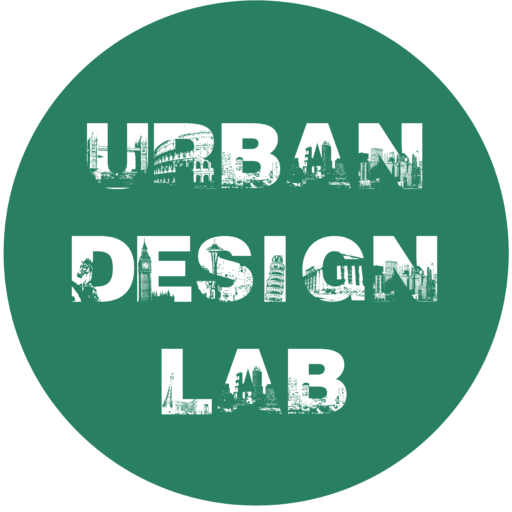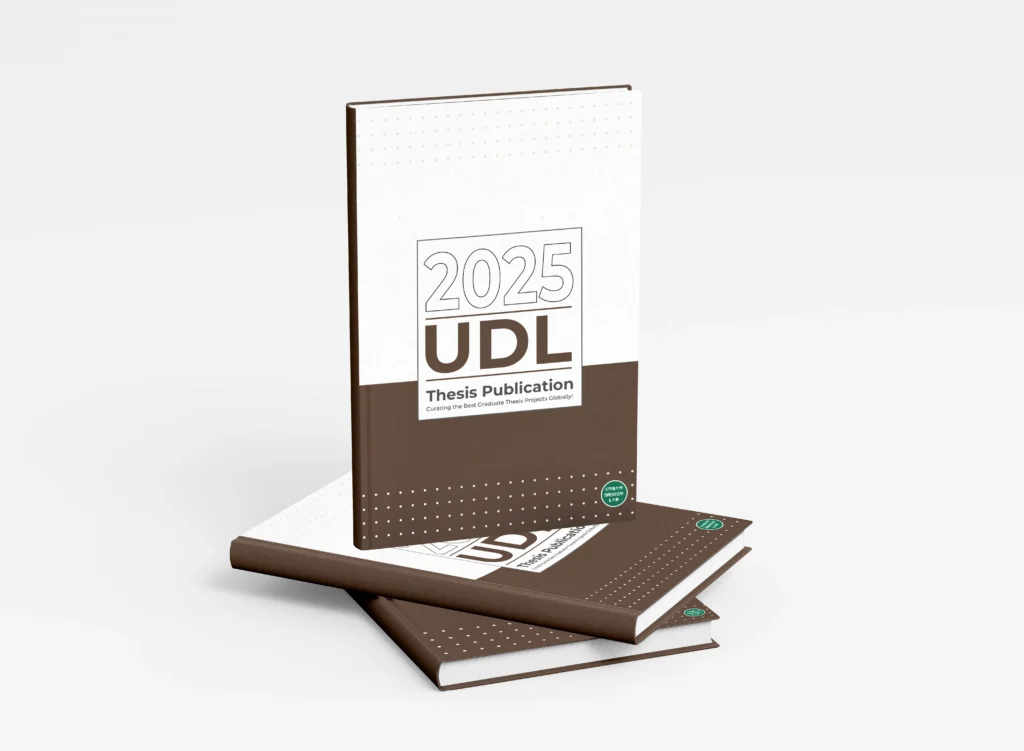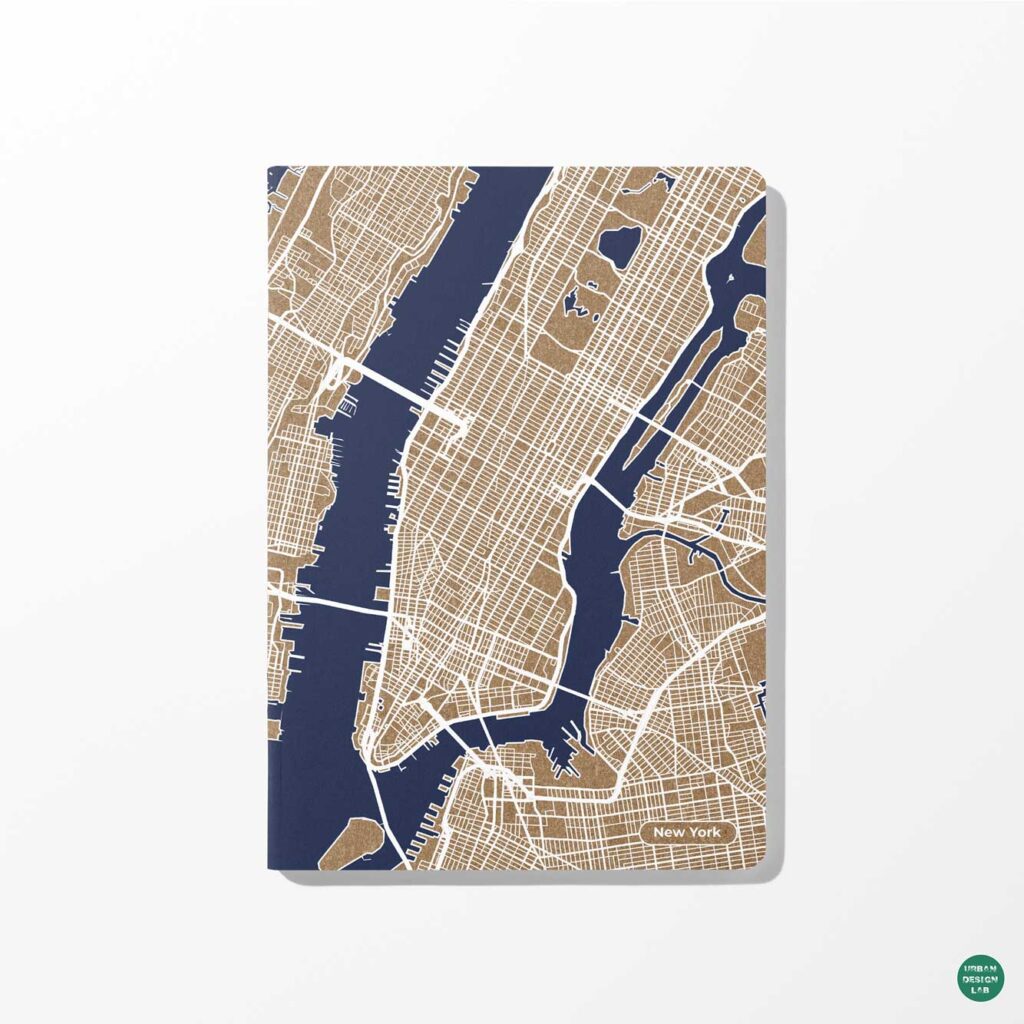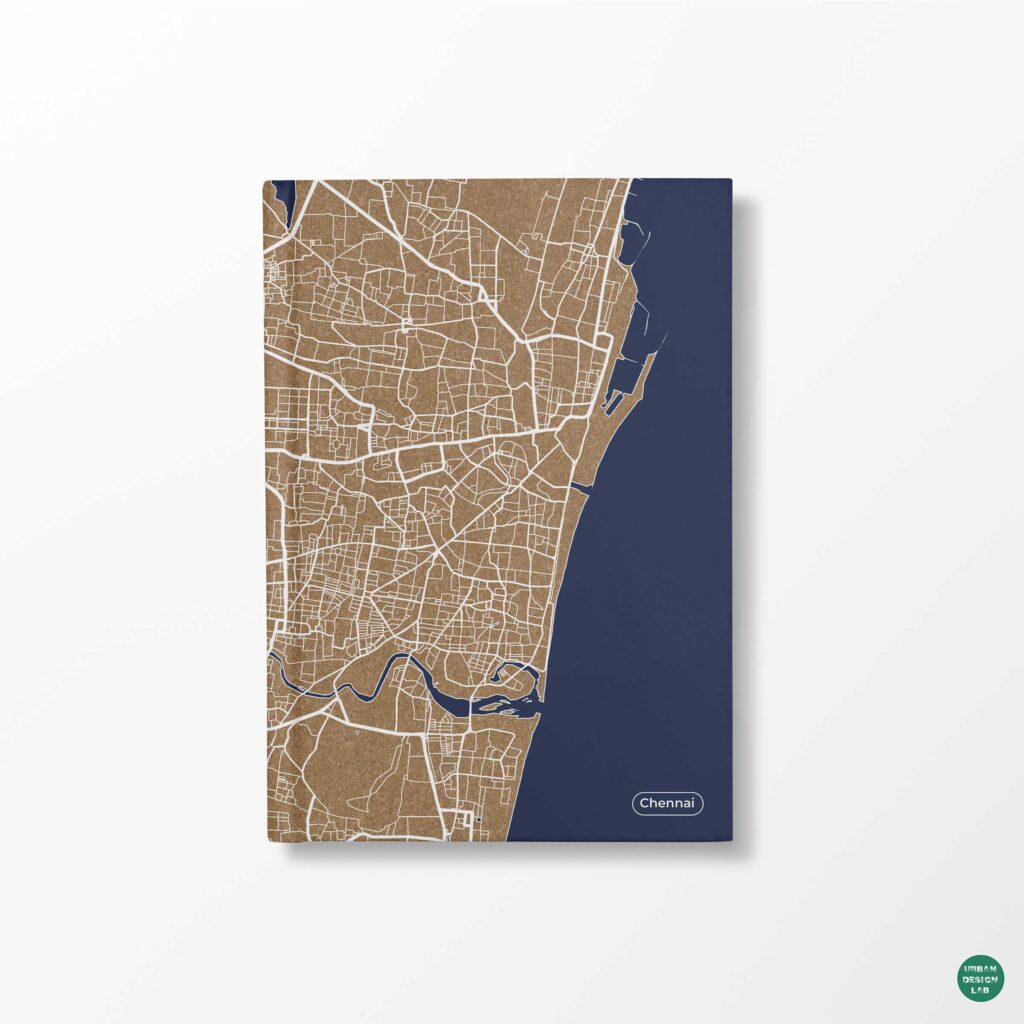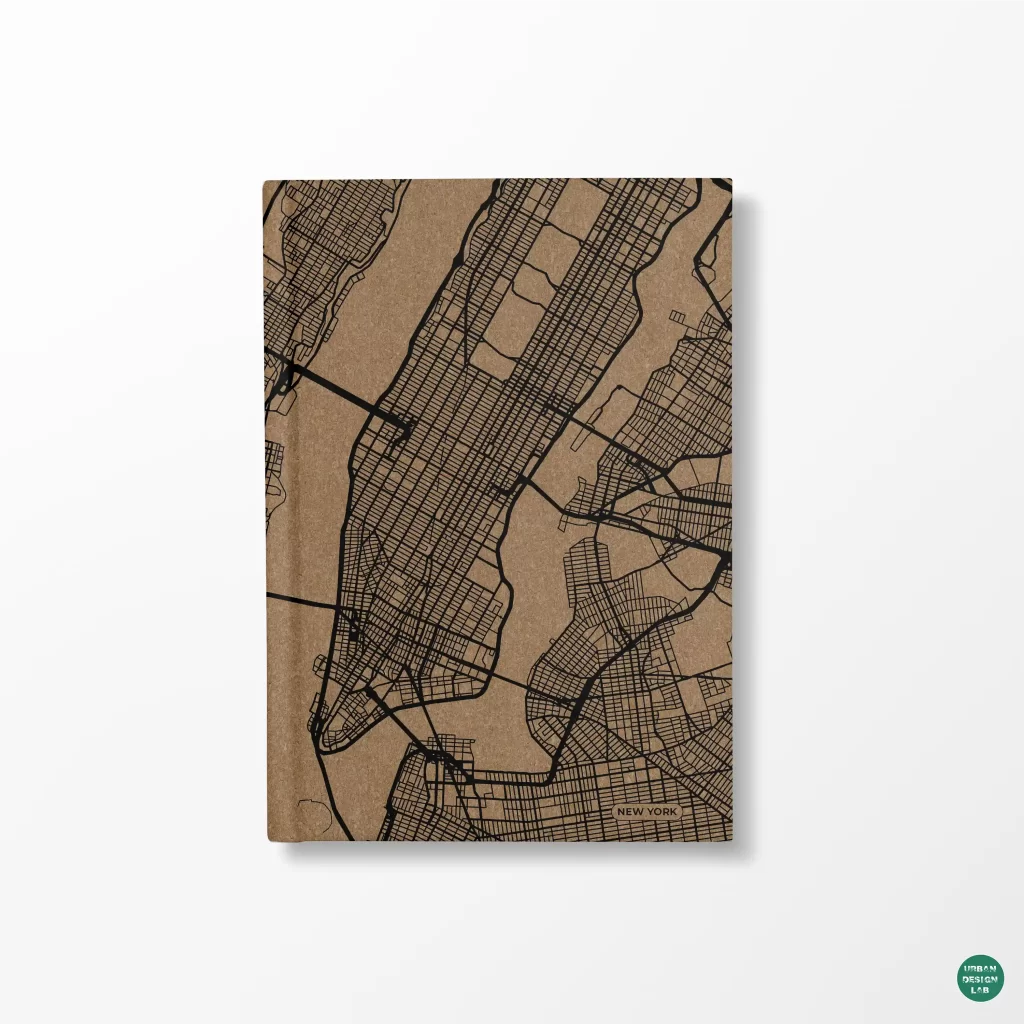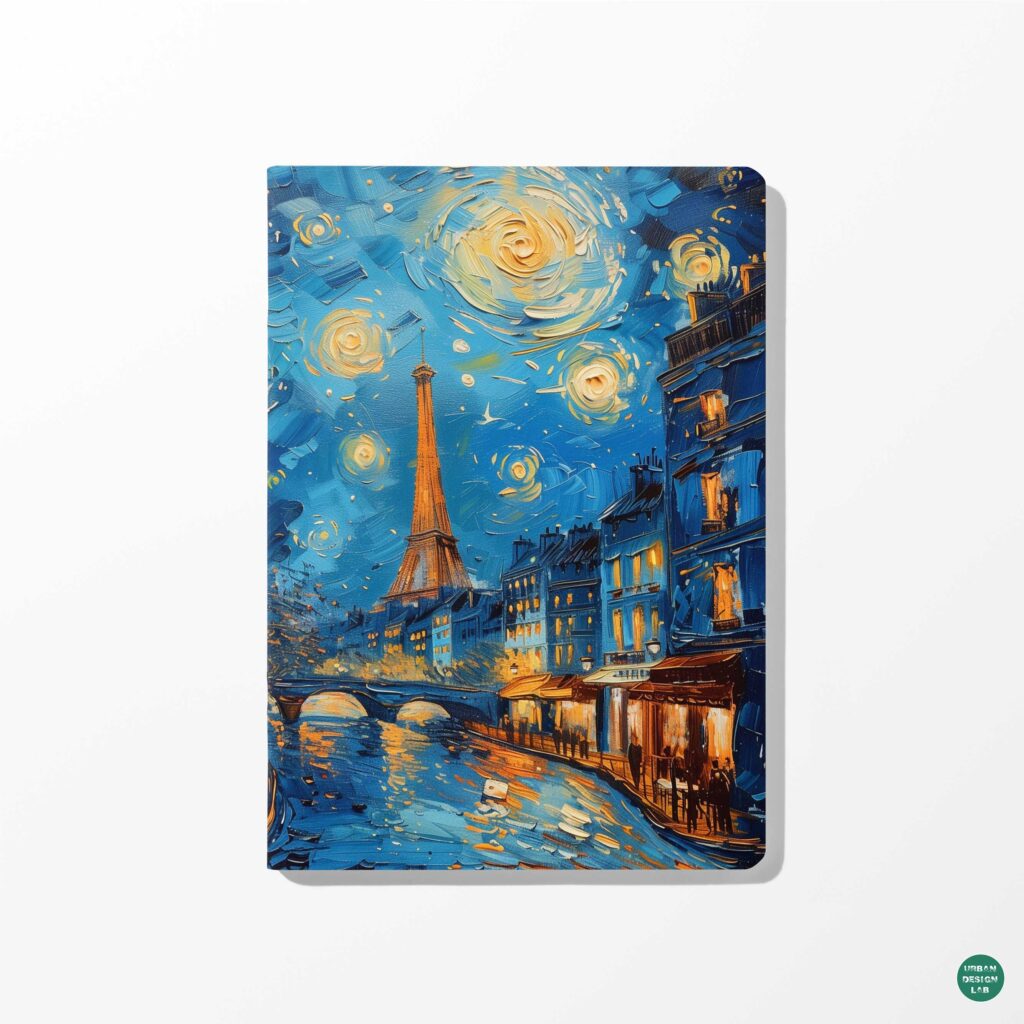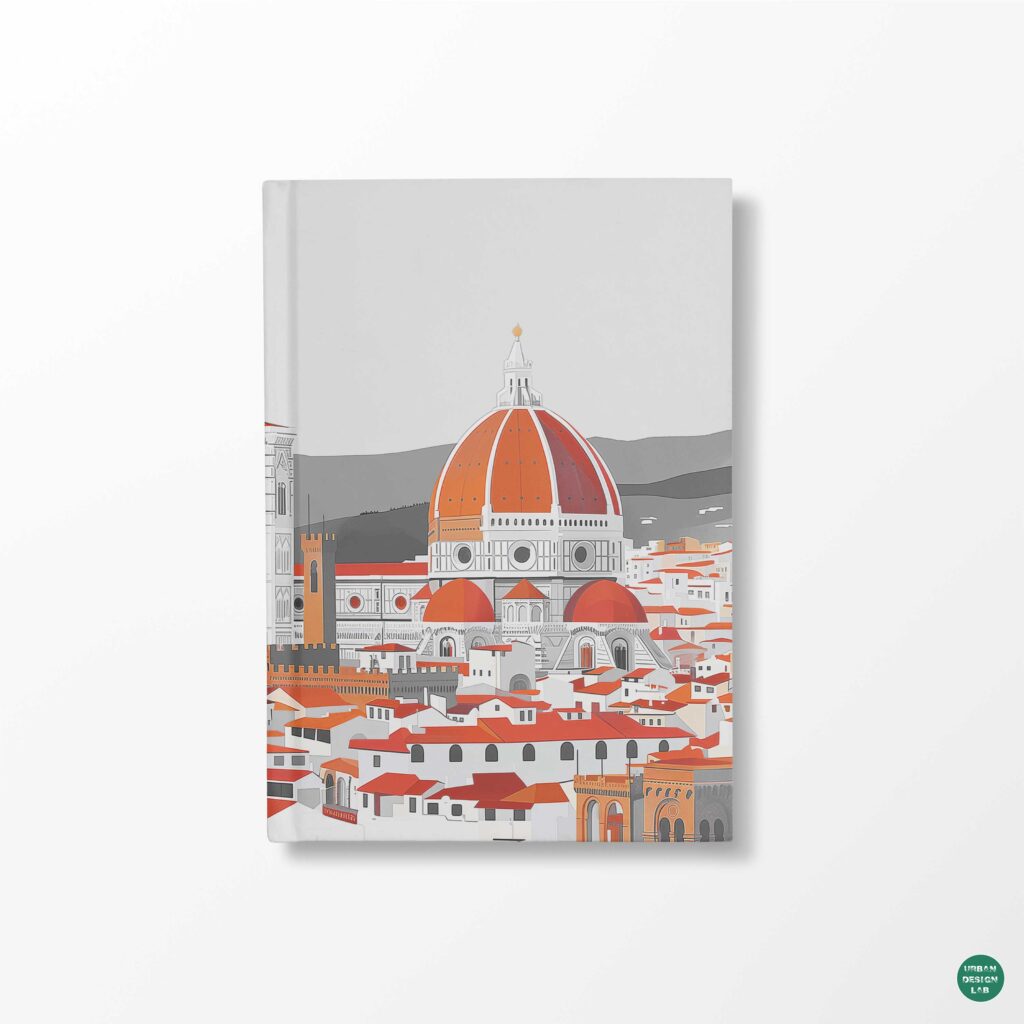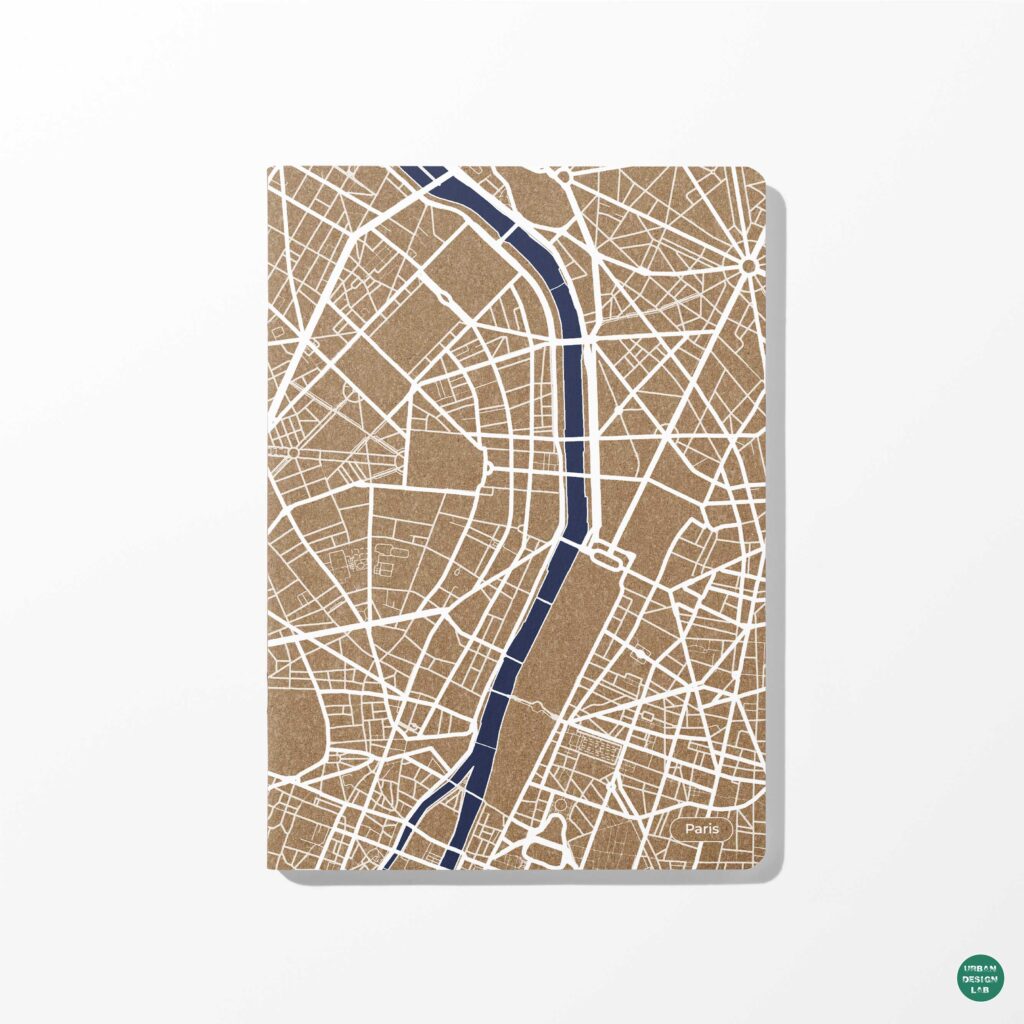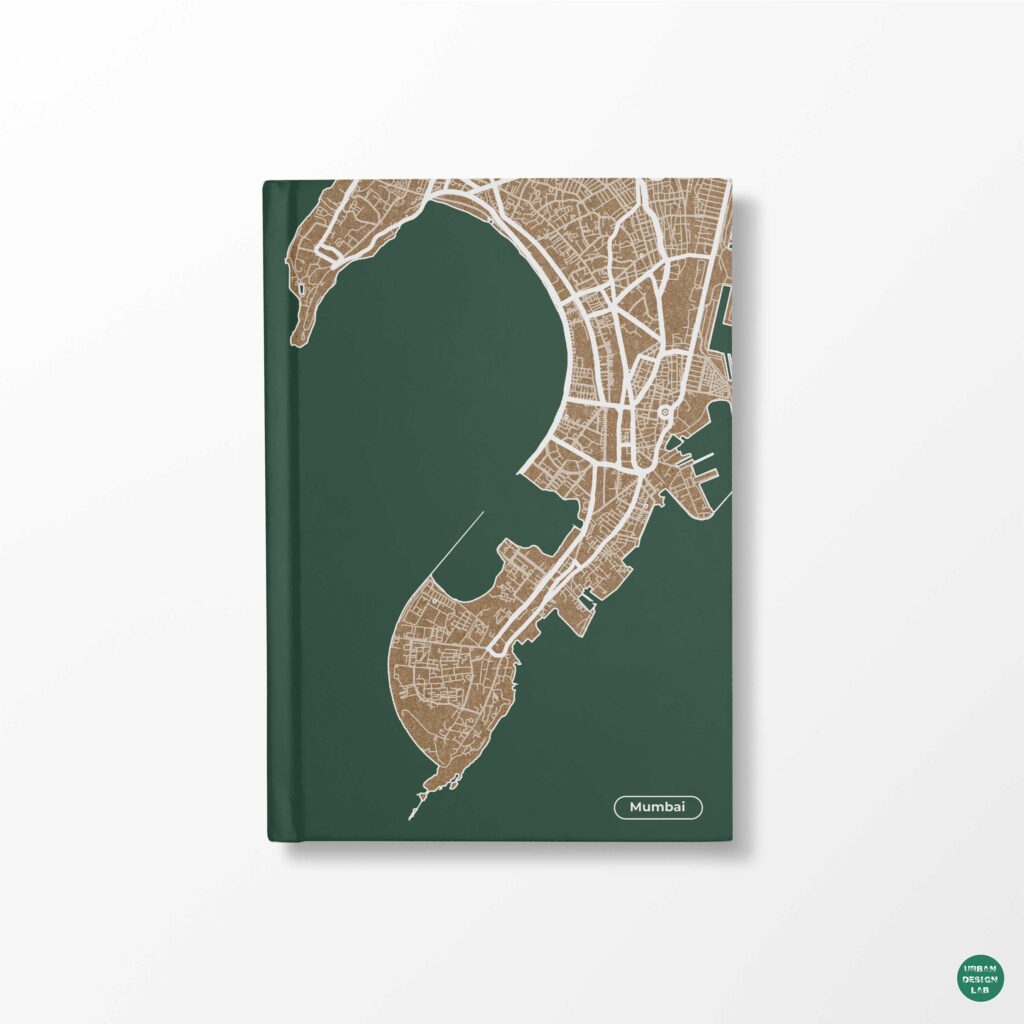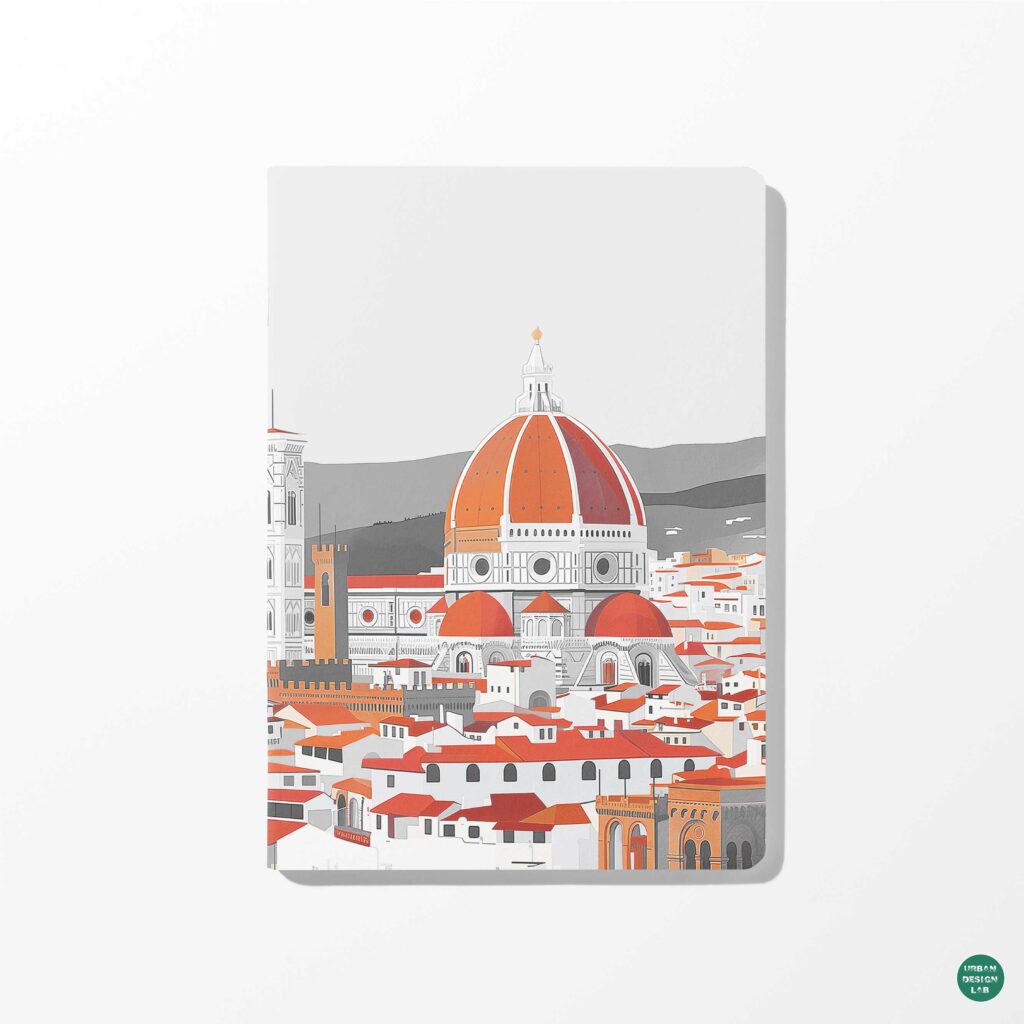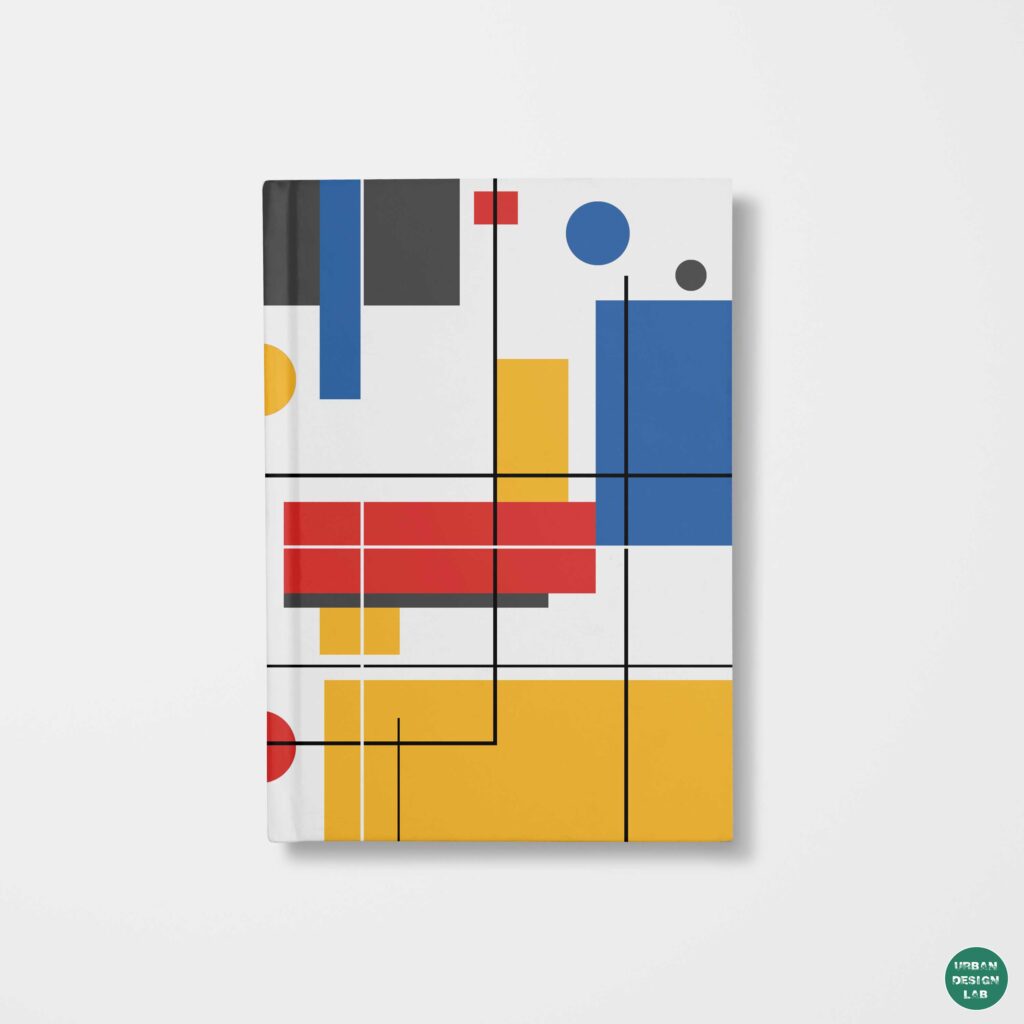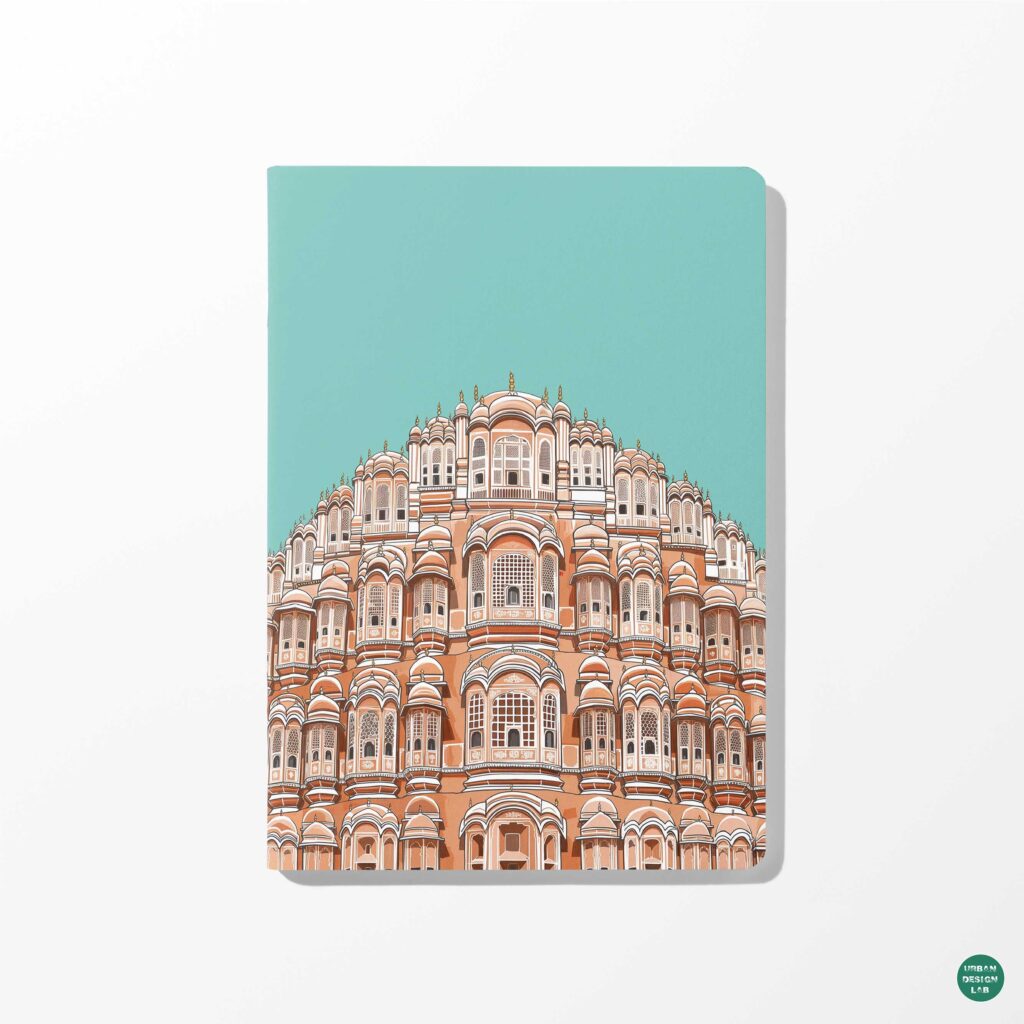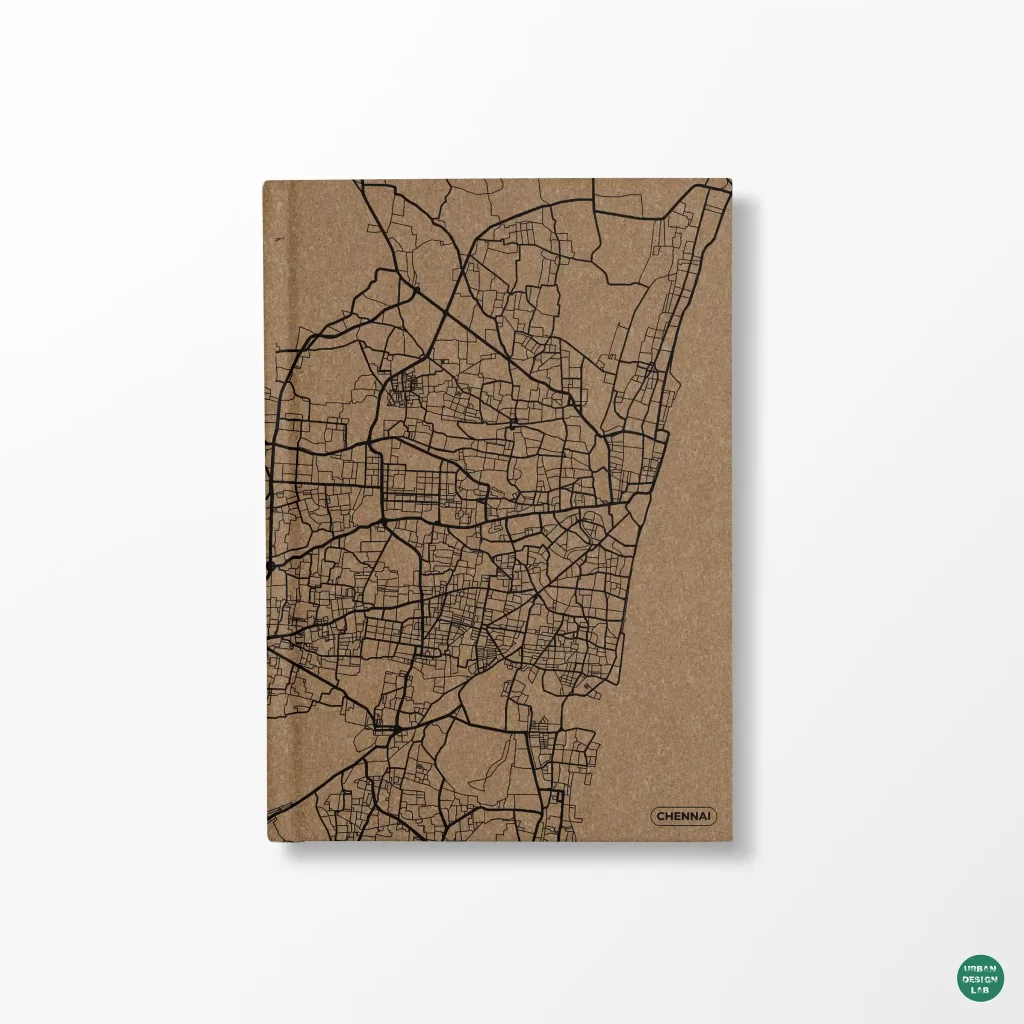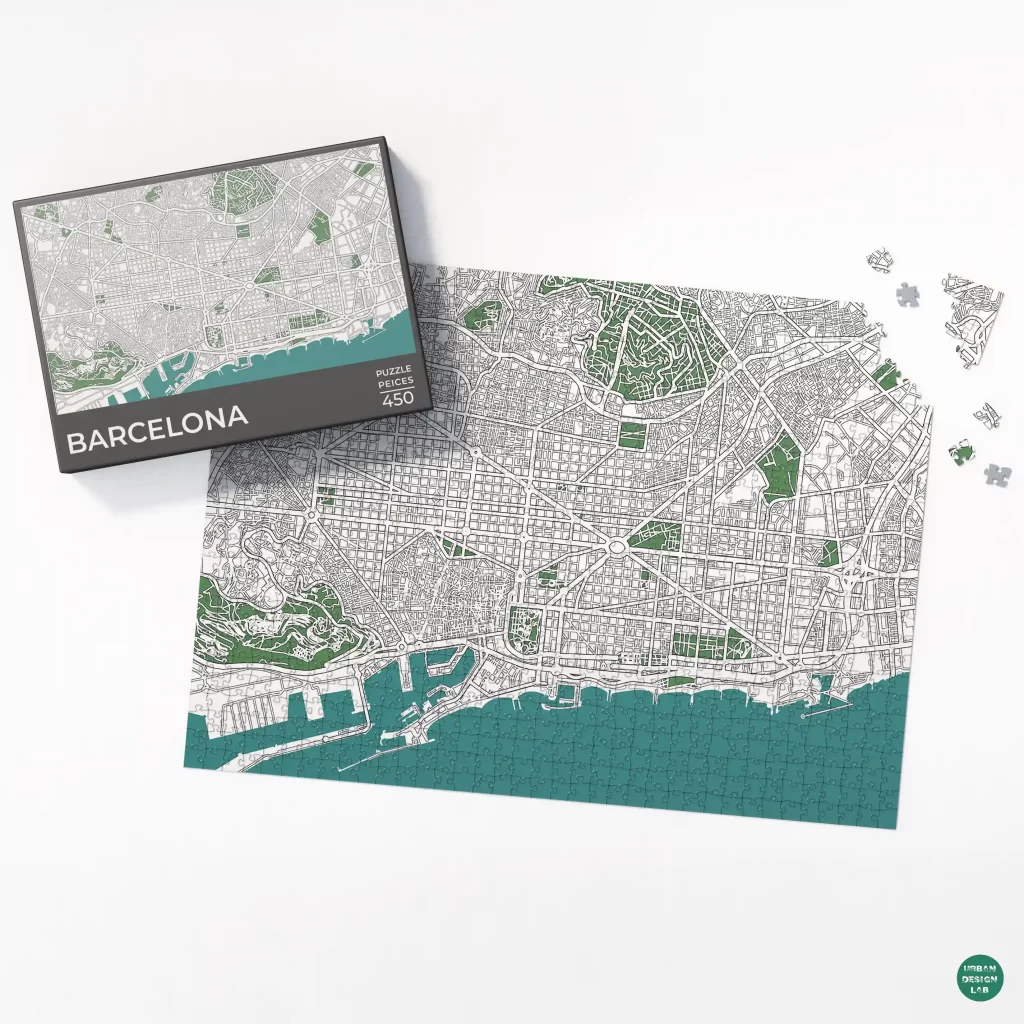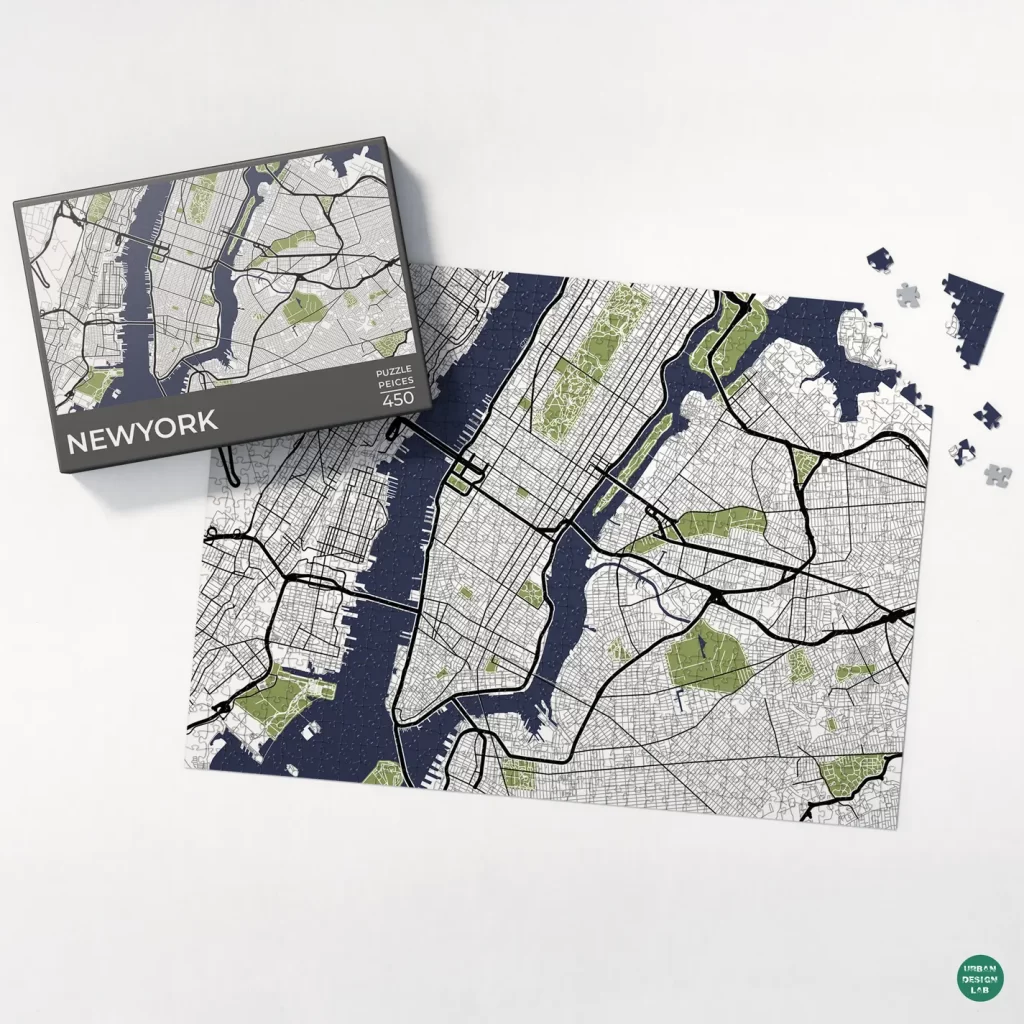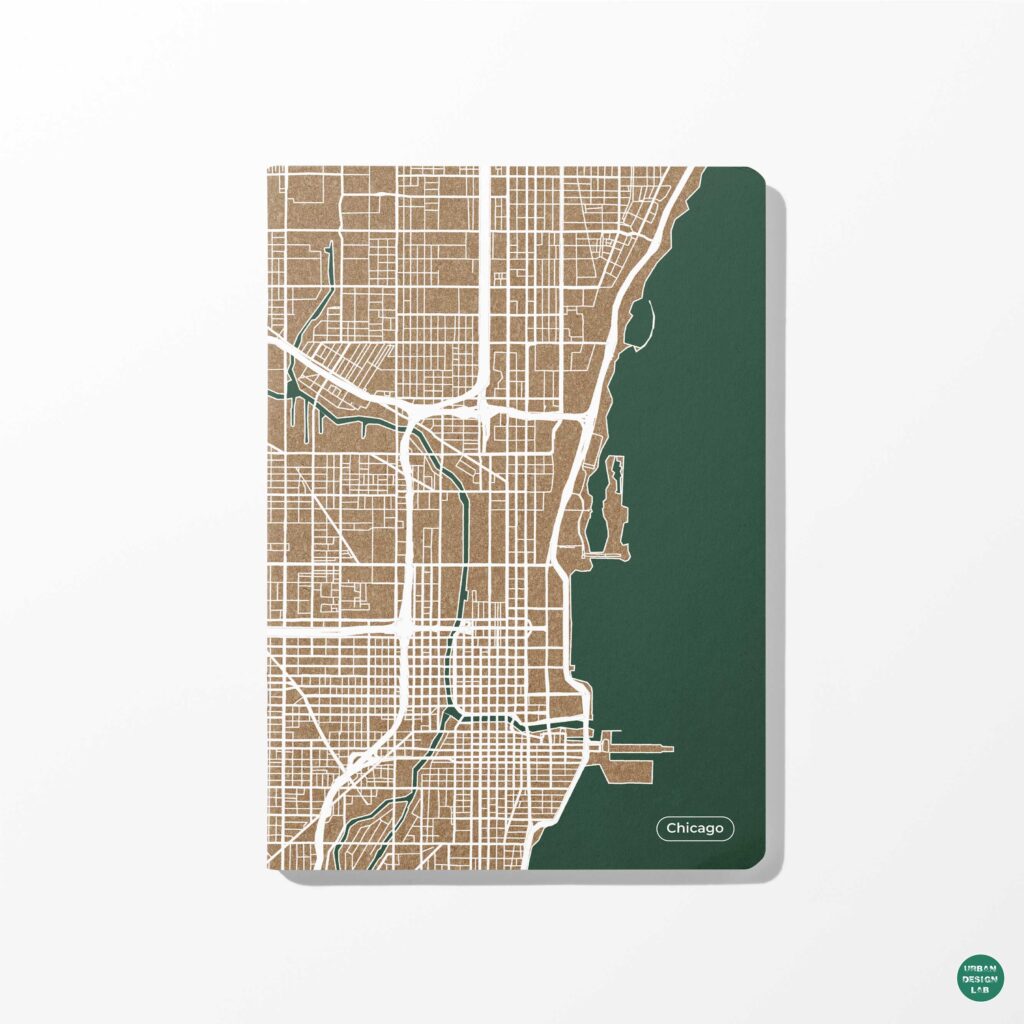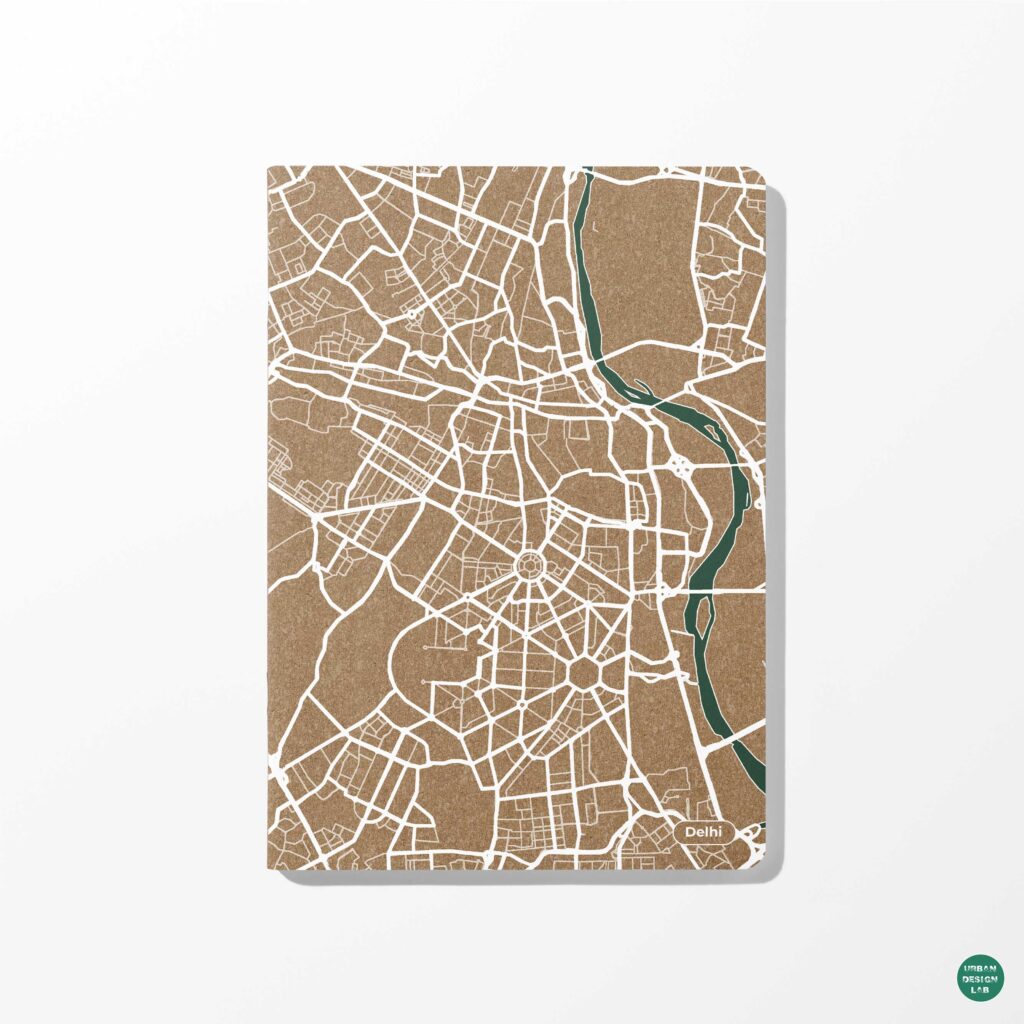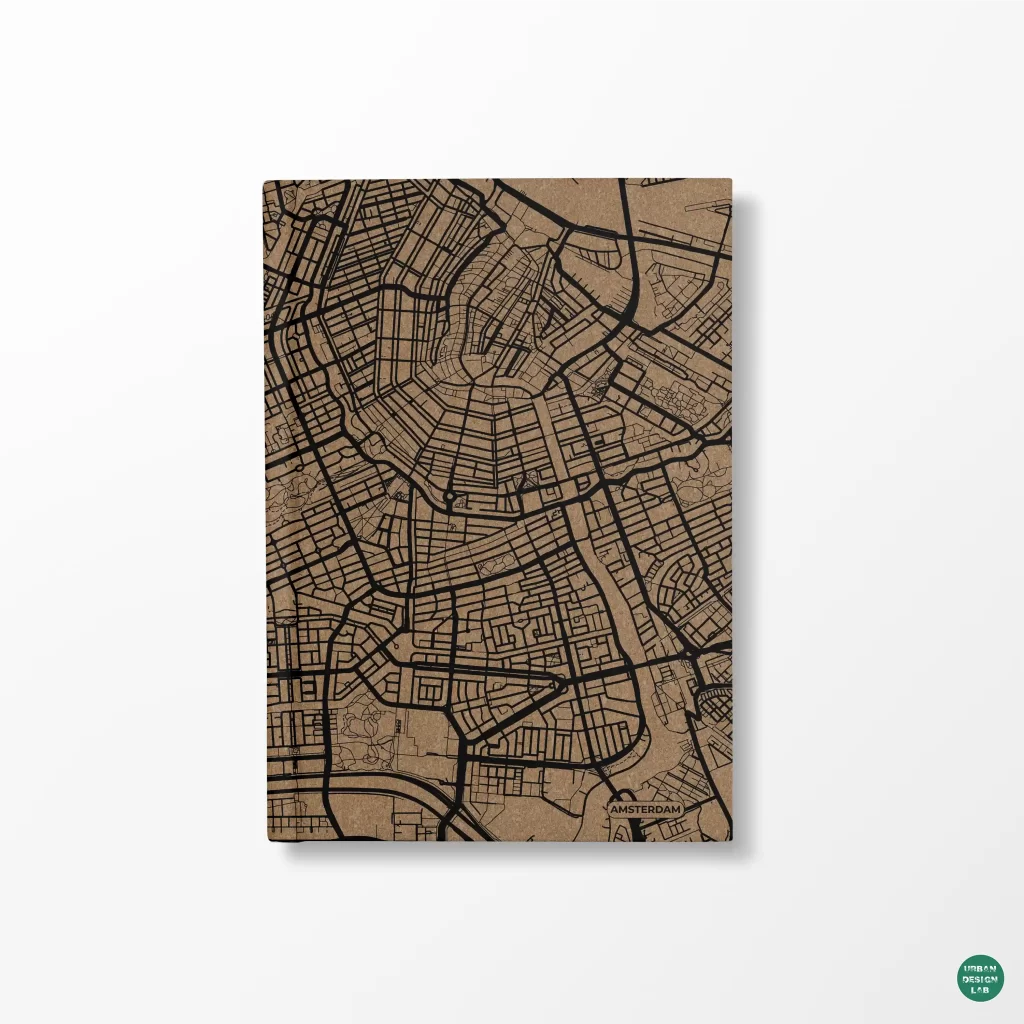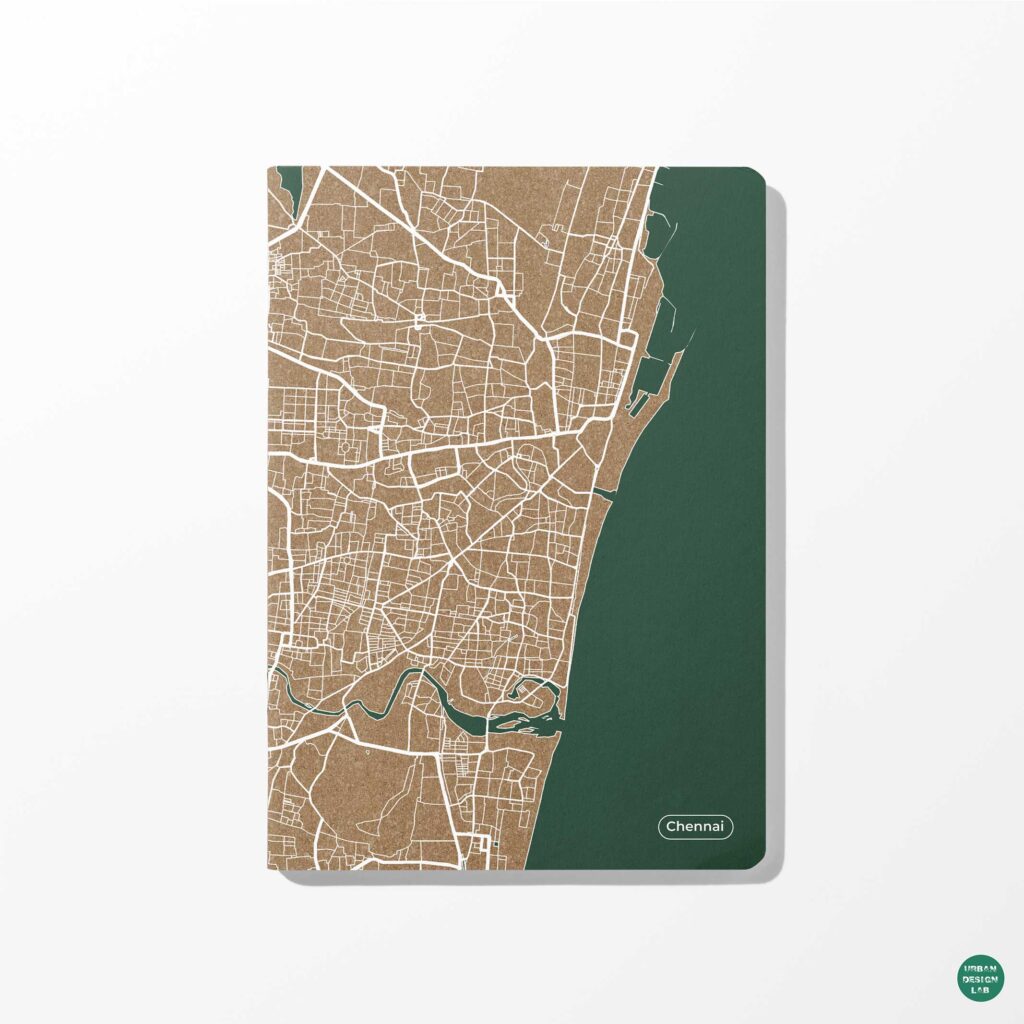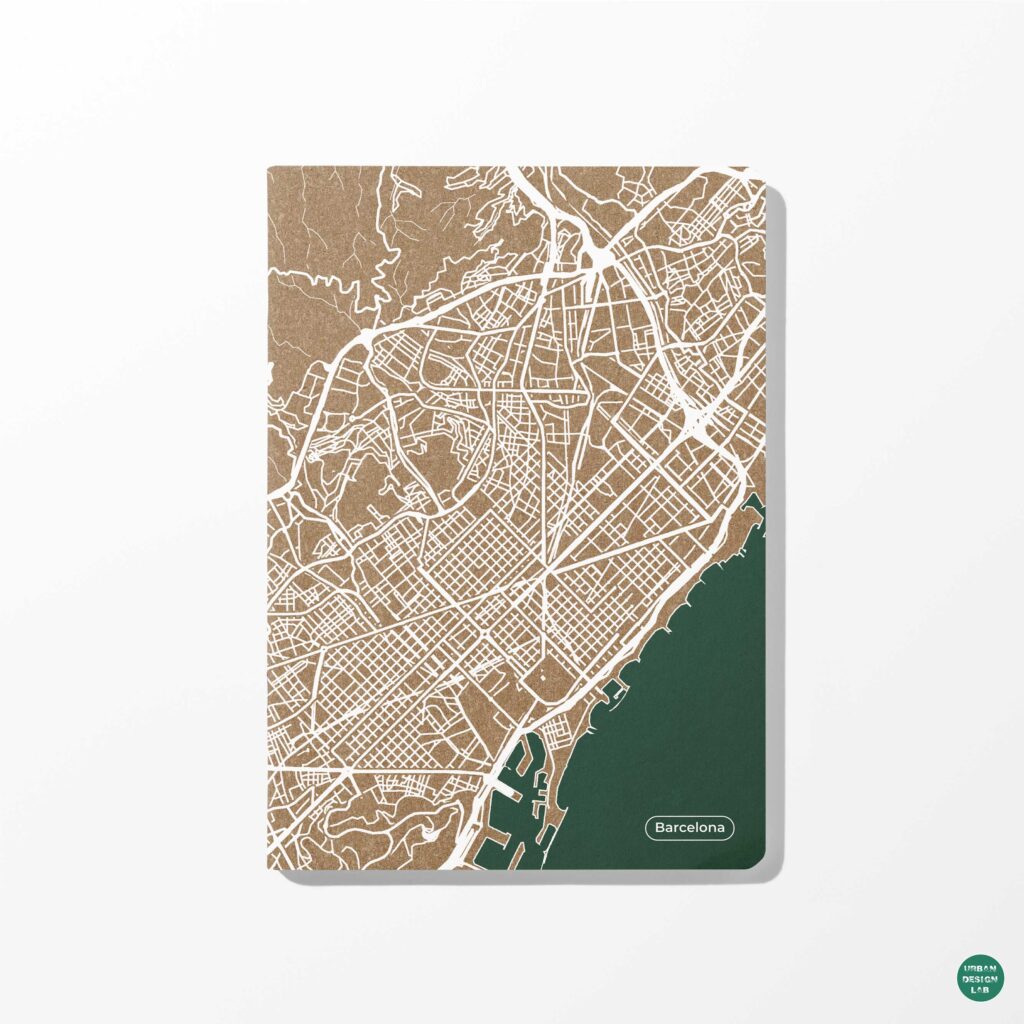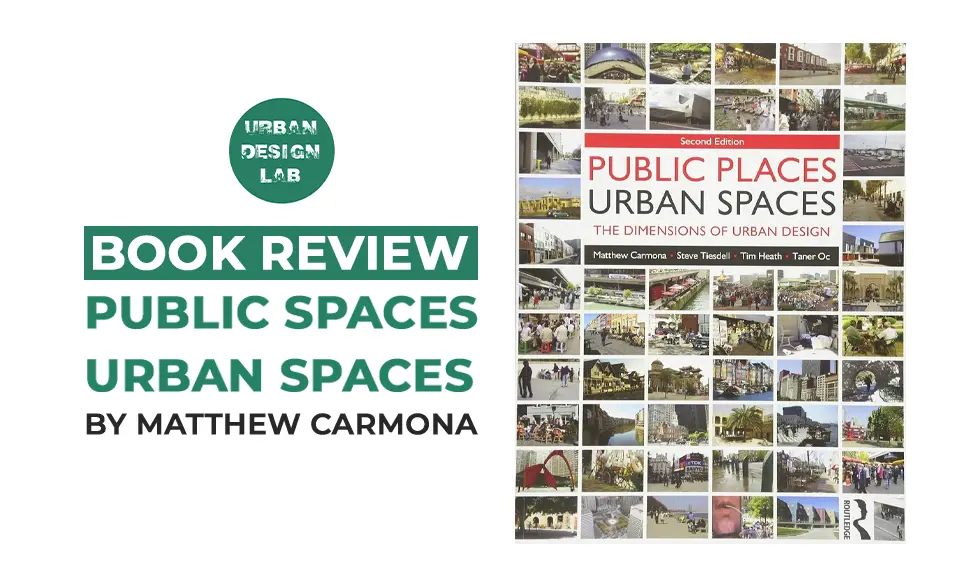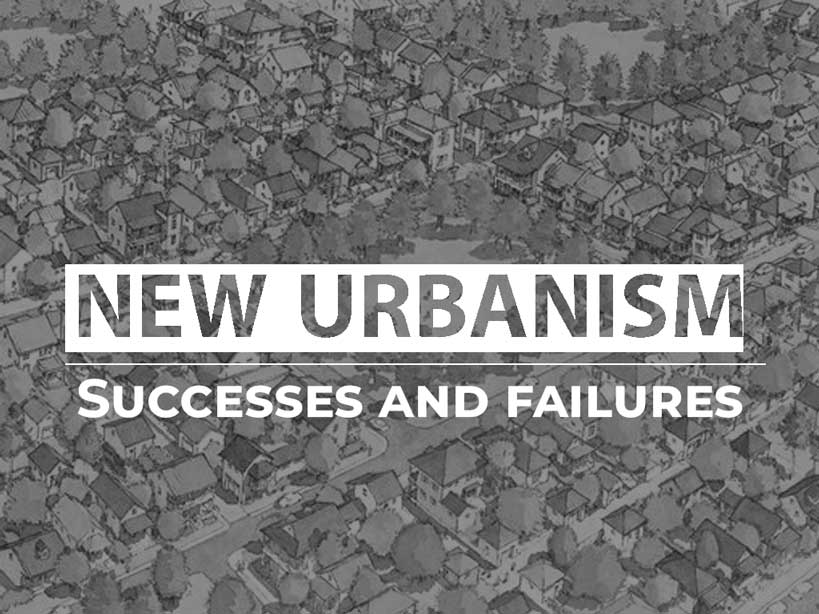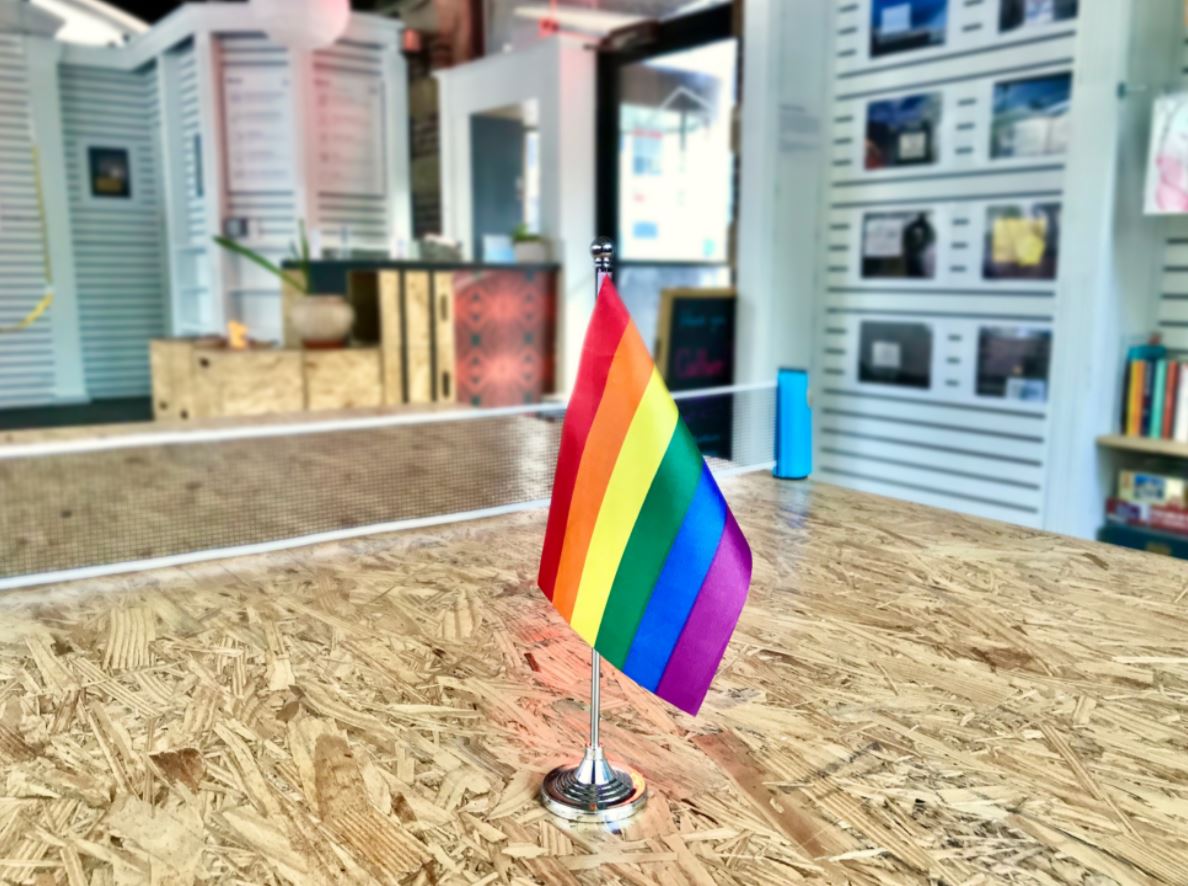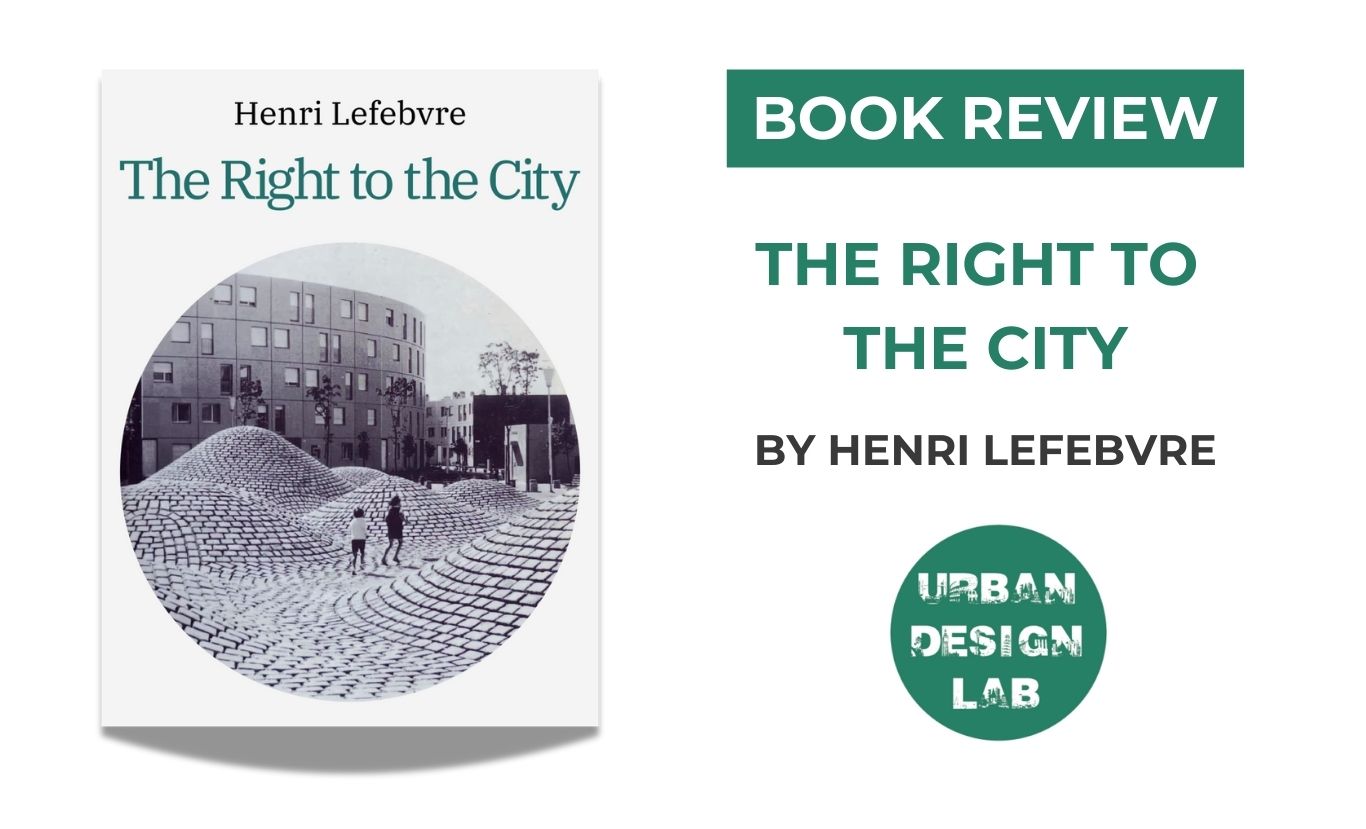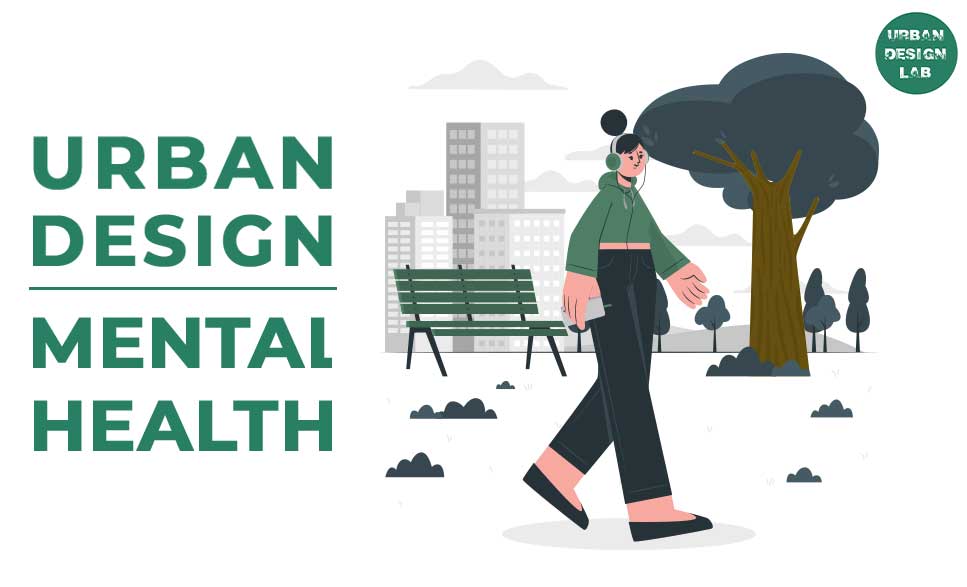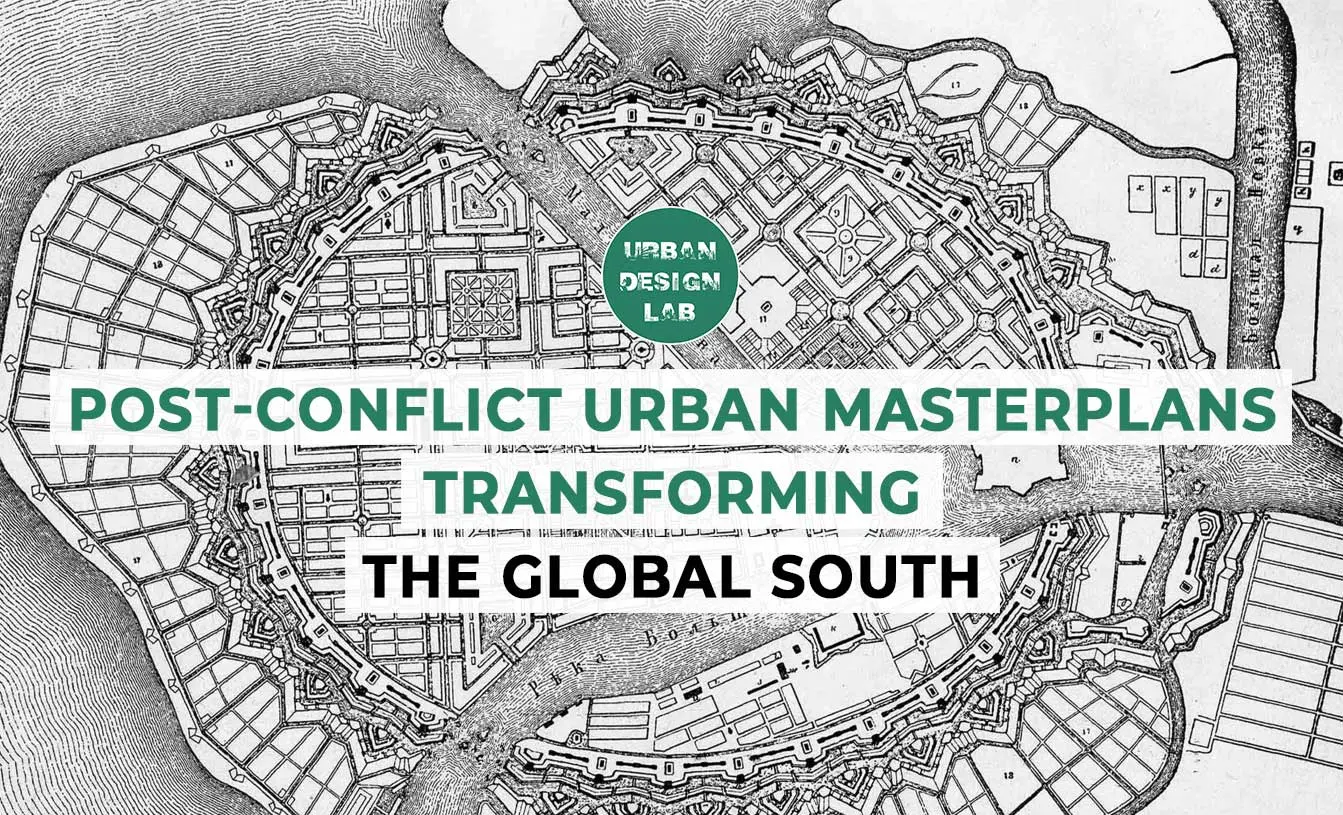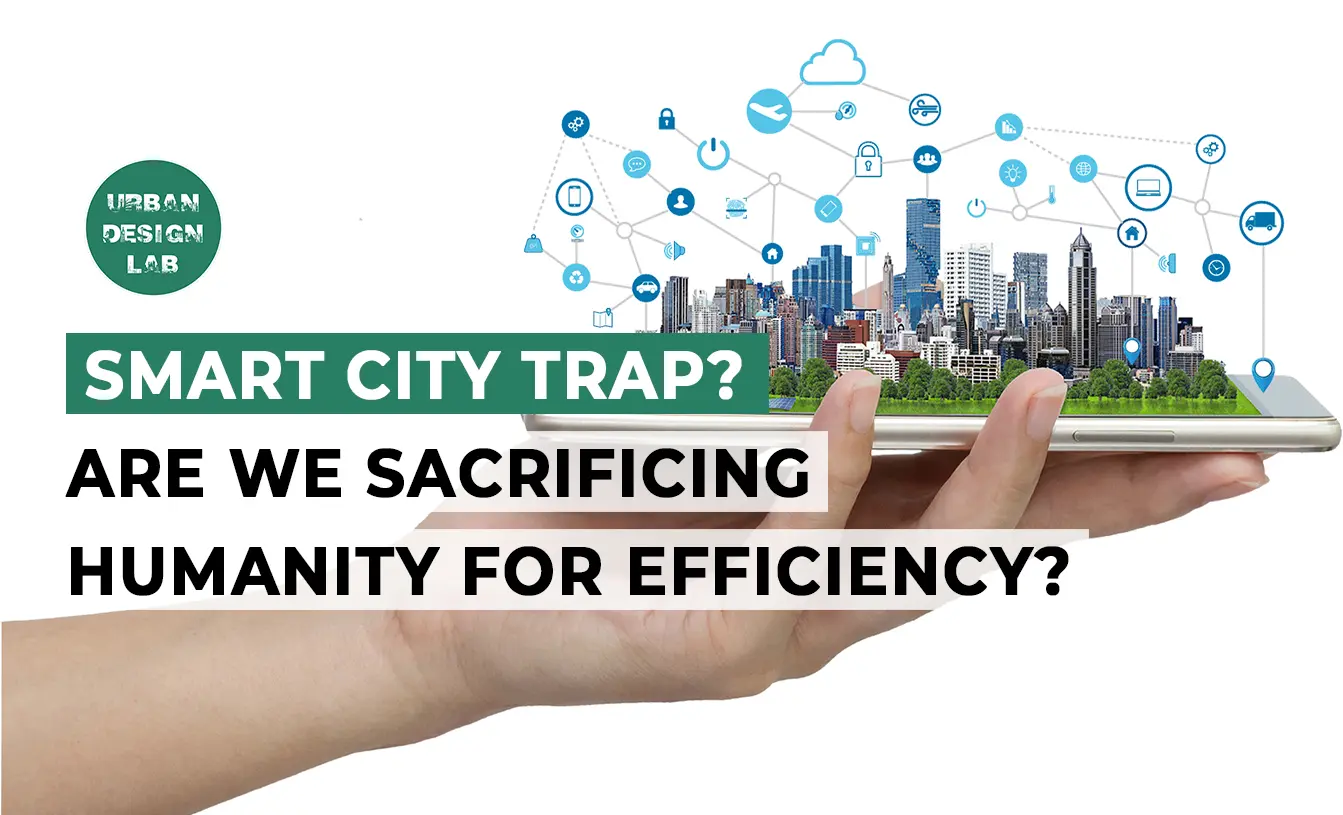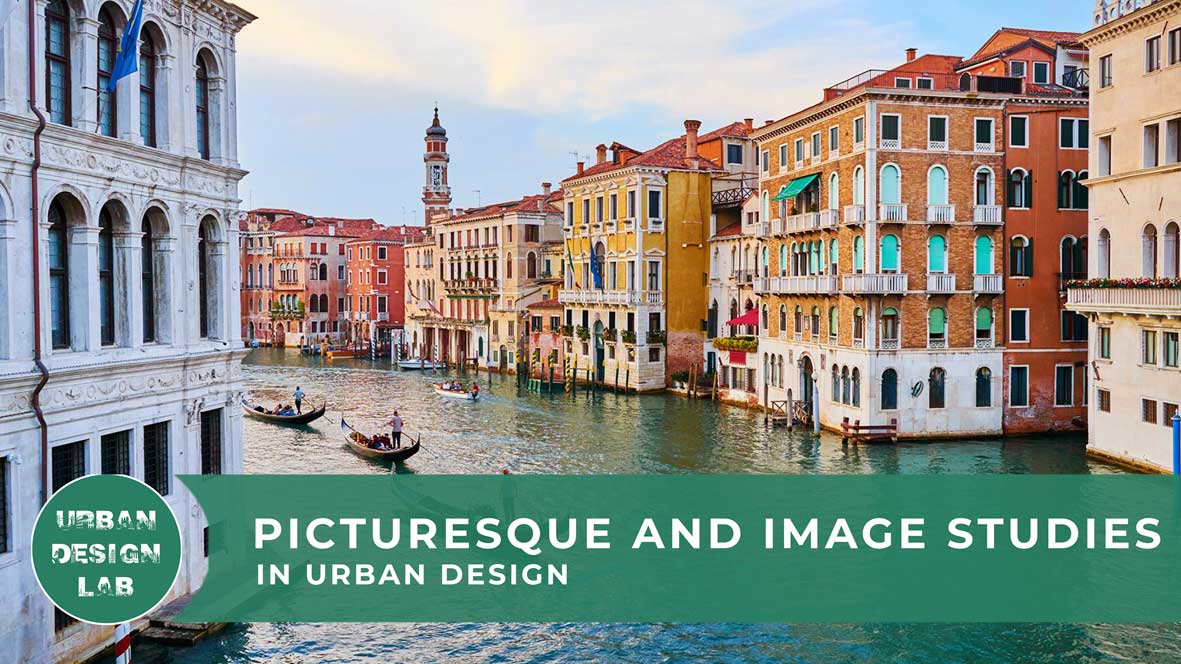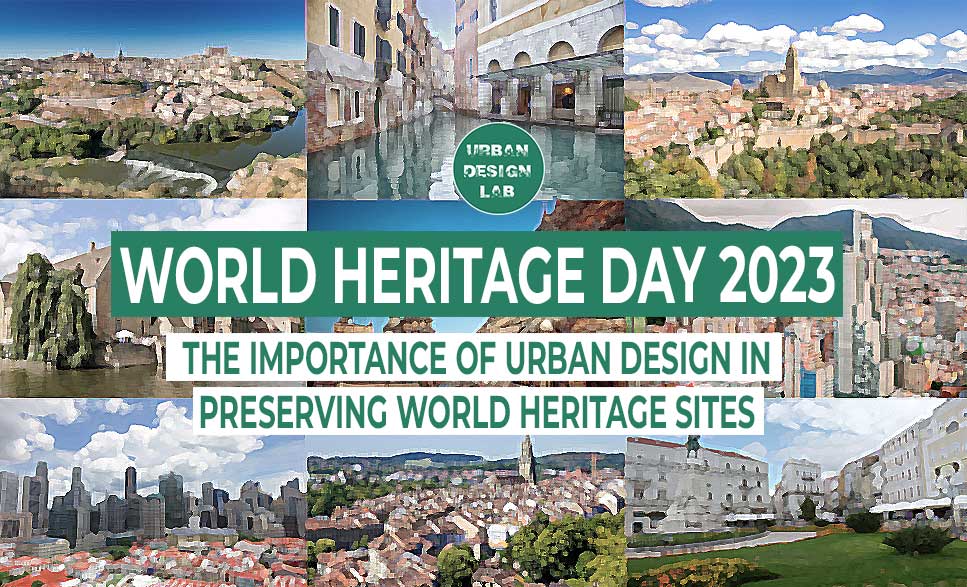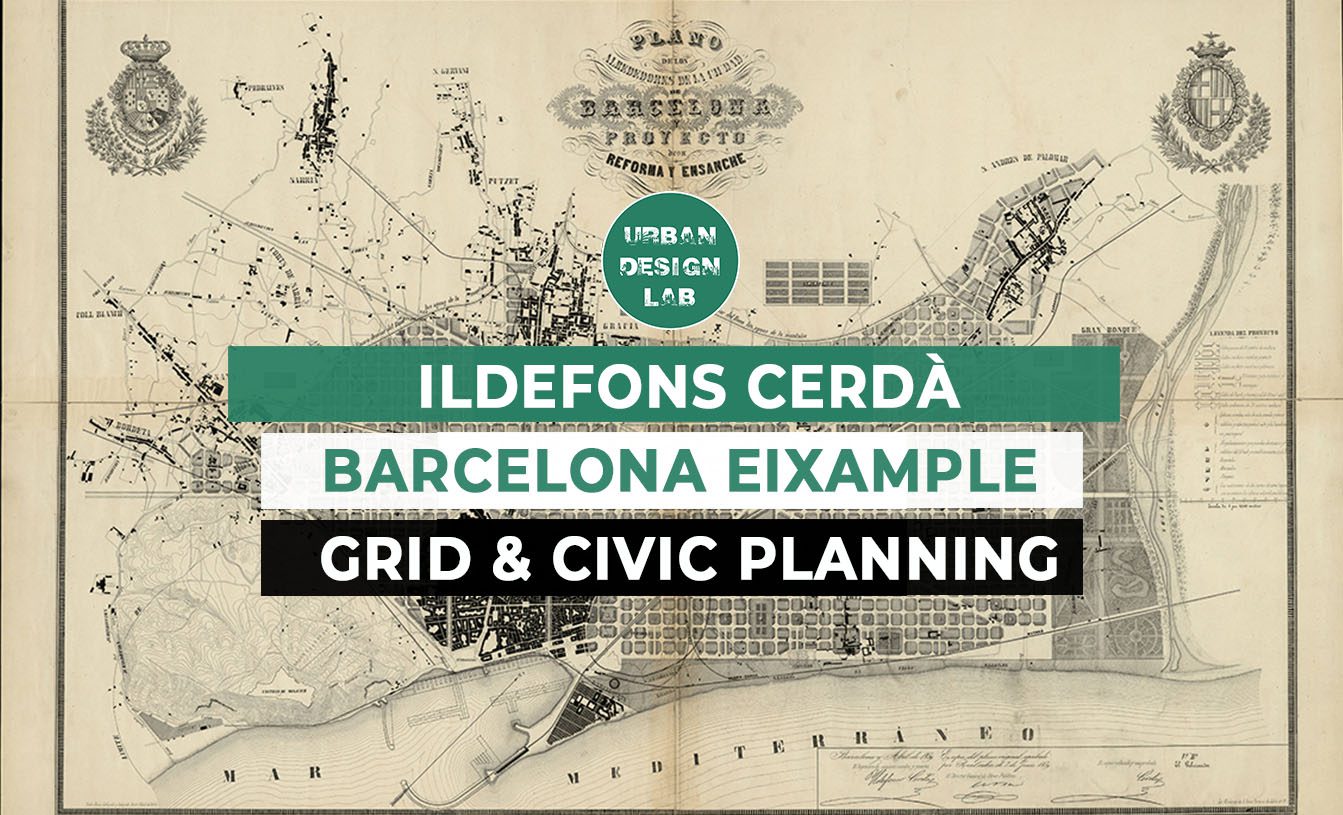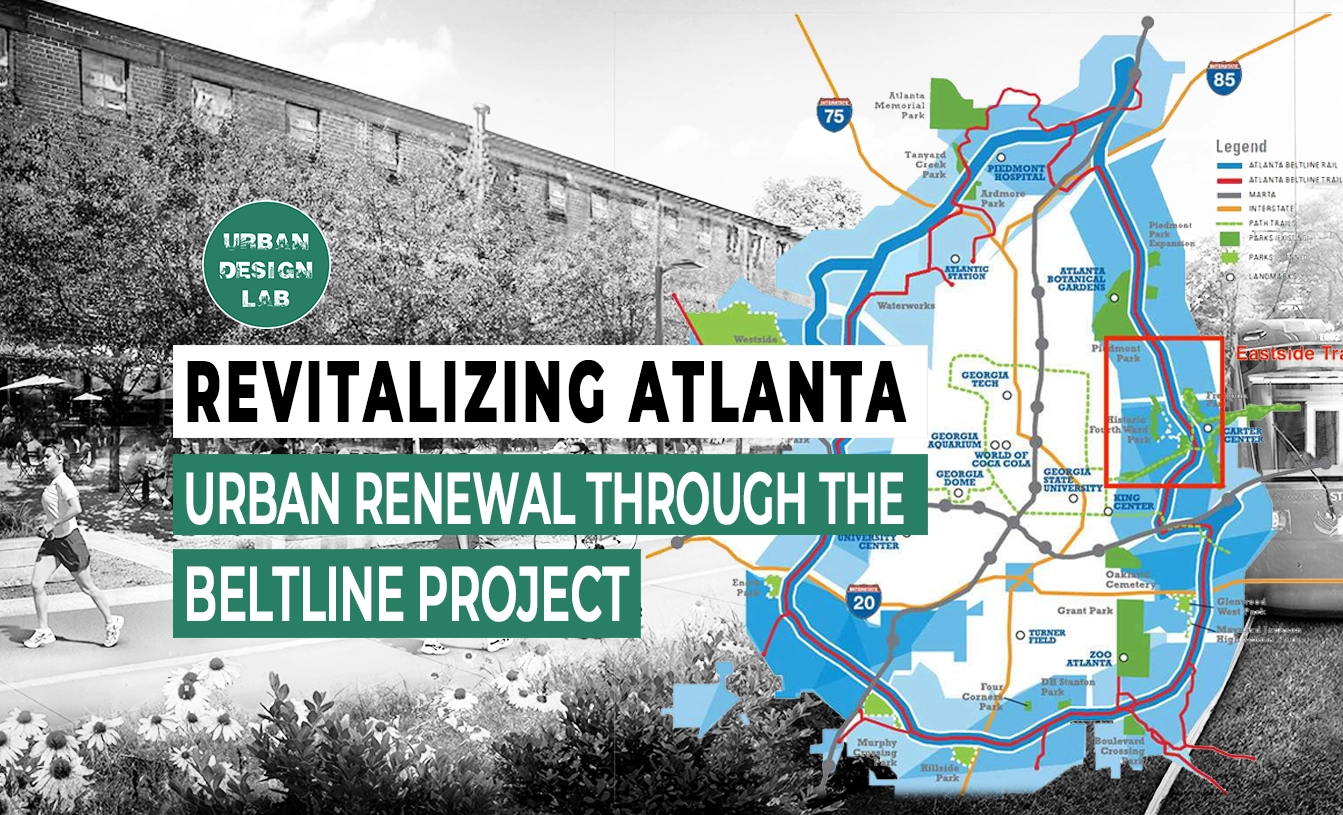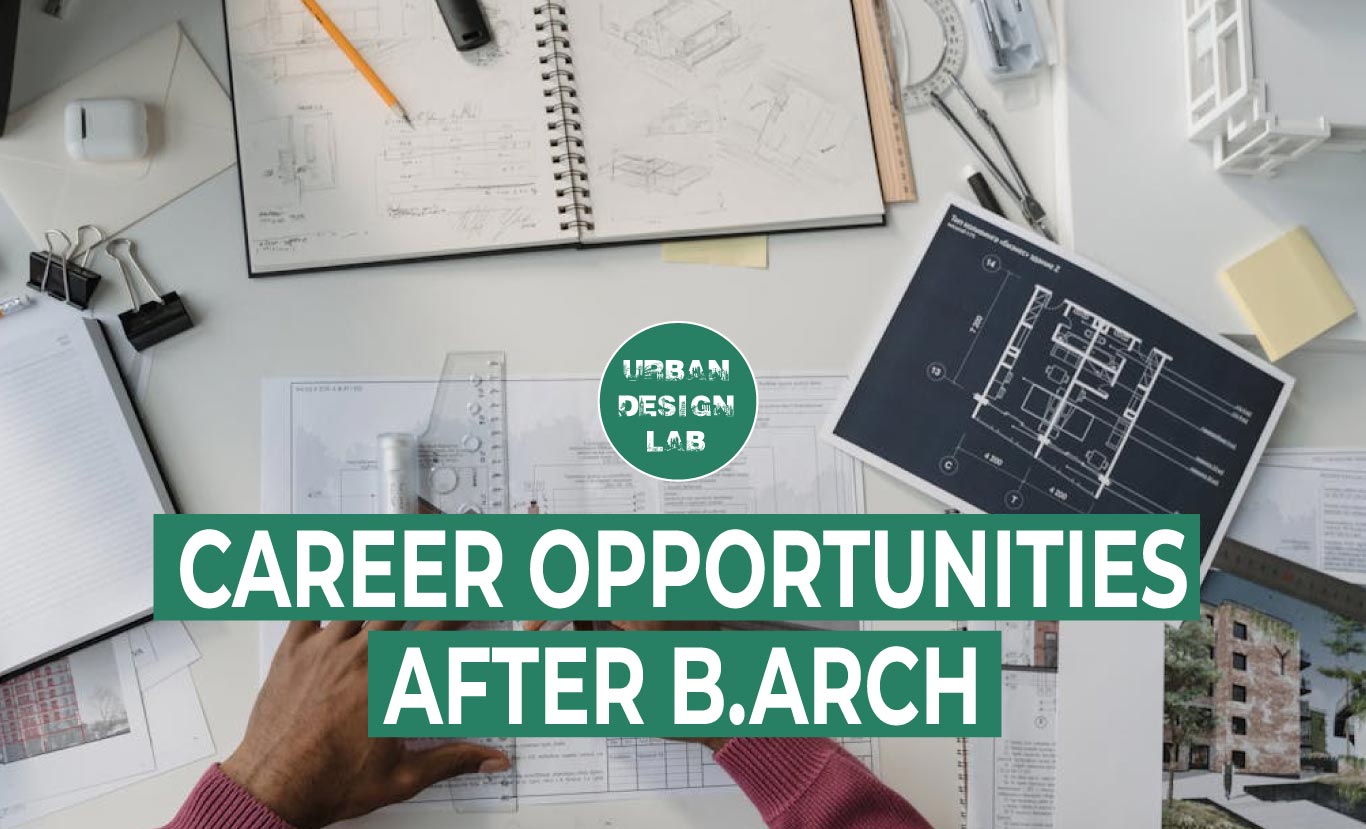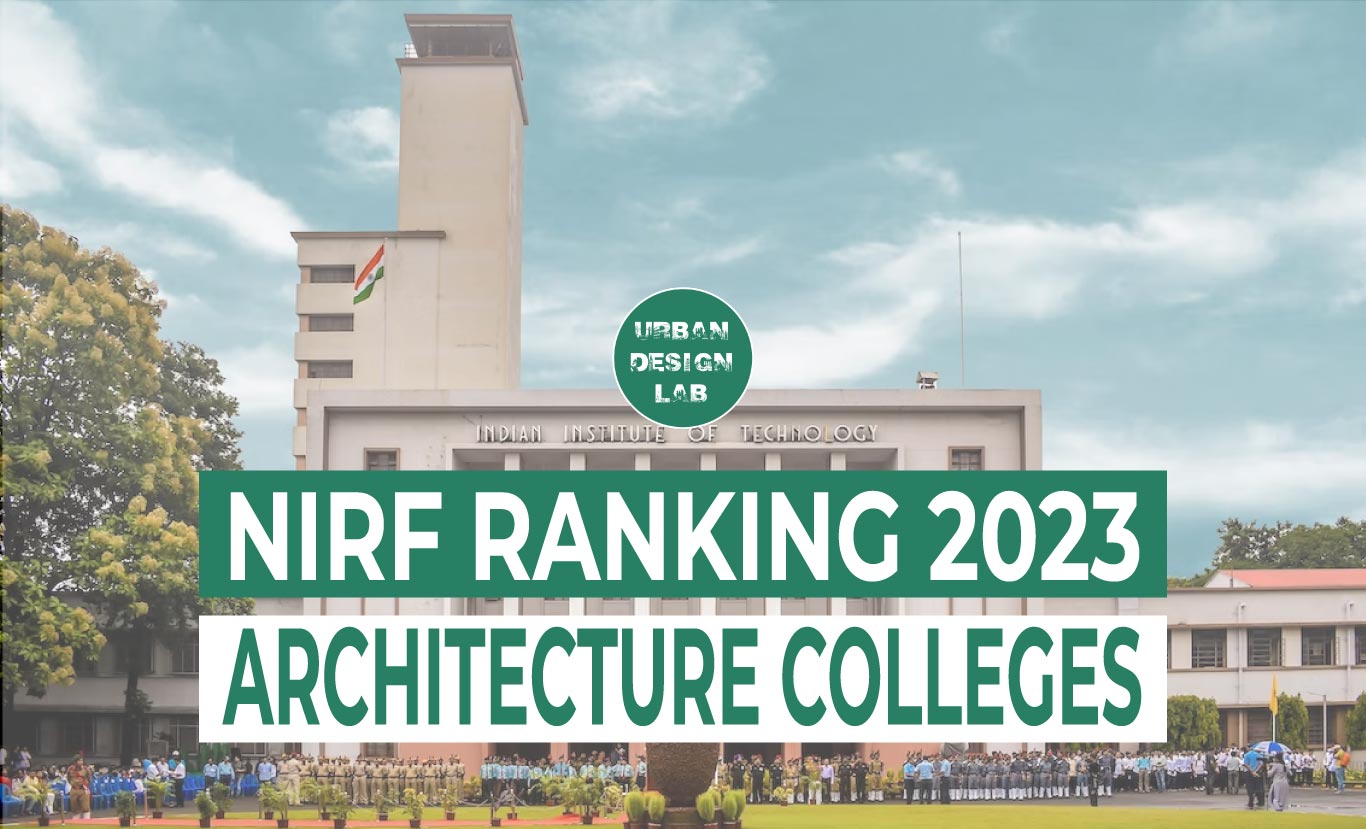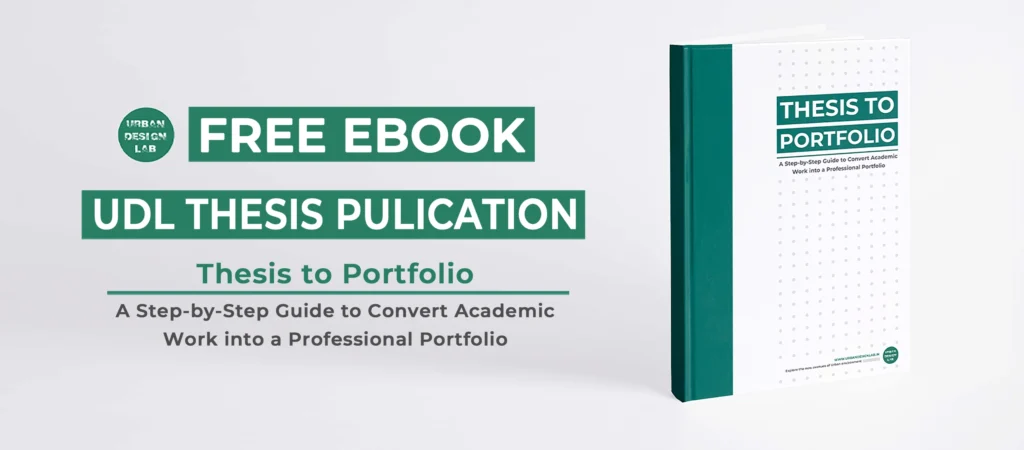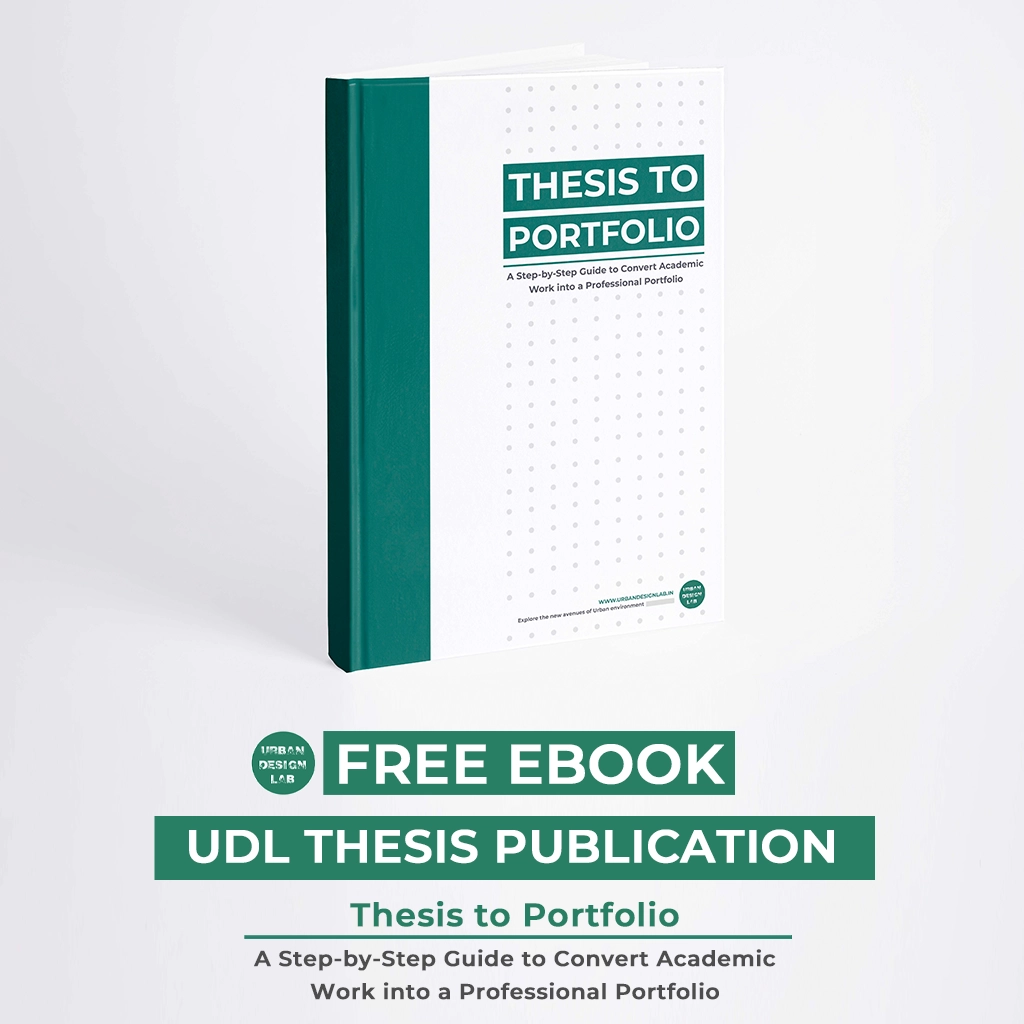
Creative cities: fostering innovation and culture in urban areas
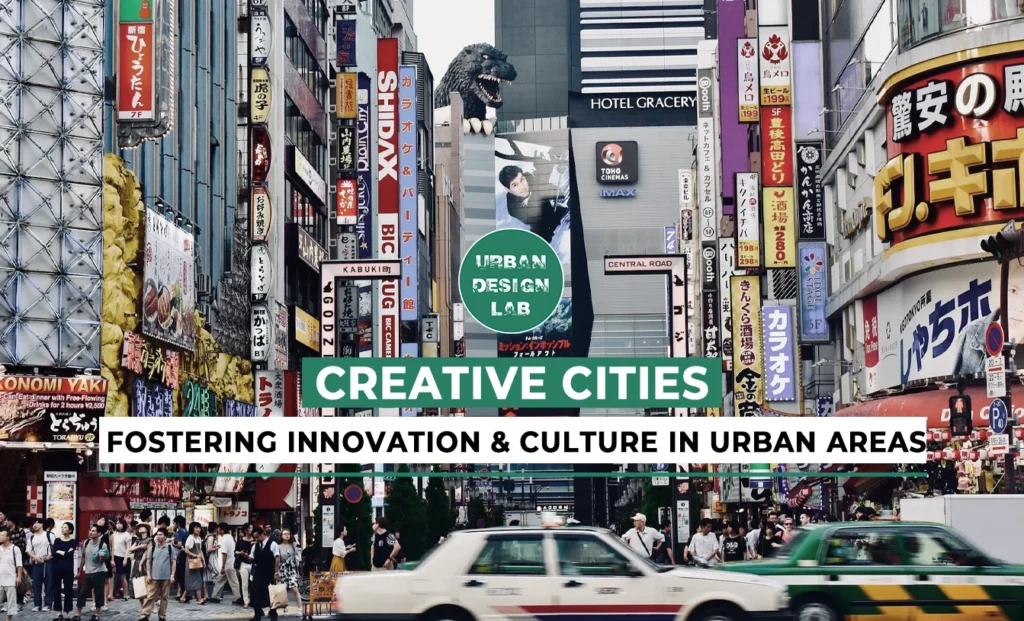
The future of any city depends significantly on innovation and culture. Culture anchors a city, preserving its identity as it modernises, while innovation propels it forward. The most successful cities strike a balance between fostering innovation and nurturing their cultural heritage. Culture can come from a city’s architectural style and abundant offerings of cultural spaces such as museums and artistic showcases. Typically, when a city has rich cultural architecture, it induces a creative spark among the population. Innovation requires intense resources that many cities struggle to offer; however, with efficient urban planning, it is already one step closer. In this article, we will focus on Prague, Czech Republic, and Tokyo, Japan, which are known for their cultural richness and innovative urban designs. This article will critically analyse how these cities can enhance their equilibrium to serve as inspiration for other creative cities.
Innovation theory in Tokyo
Japan’s capital city, Tokyo, is known worldwide as the most futuristic city in the world. Japan is the leading country in technology with its innovative progress, and as the capital city, Tokyo is at the forefront of this movement. The urban setting of Tokyo has included many creative developments to improve the city’s efficiency and foster future innovations. For example, Tokyo is renowned for its bullet train, which transports millions of people in and out of the city at speeds up to 320 km/h. The city has invested heavily in earning the title of ‘the most extensive public transport system in the world’ and supporting the largest city population in the world, 37 million people. Tokyo is the home of many substantial tech names, such as Sony and Panasonic; the city has many cutting-edge research facilities to push innovation to the maximum. These technology infrastructures became centres for developing advanced robotics that can improve the functionality of the city.
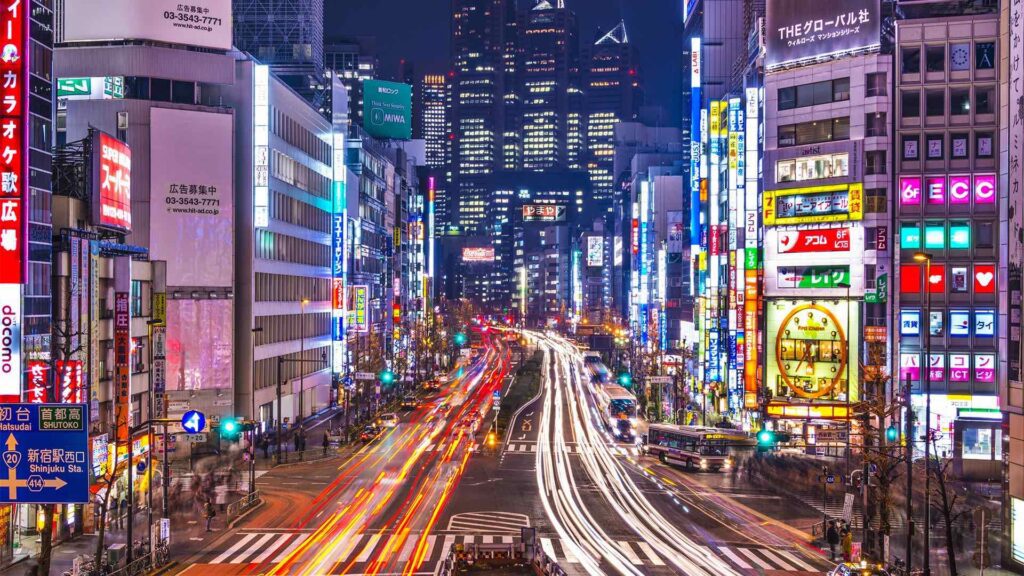
How other cities can apply Tokyo's design
Tokyo has used technology to enhance the city and improve the quality of life for its citizens. Their advanced technology has enabled them to develop their infrastructure and saturate the city with cutting-edge architecture that inspires citizens and tourists daily. Japan is infamous for its progress in robotics, but instead of using them to replace human workers, they are used to help those with physical disabilities. ‘Dawn Avatar Robot Café’ is run by robots remotely controlled by people with disabilities who cannot work, enabling them to earn salaries like anyone else. Sustainability is an increasing issue worldwide. Tokyo has used its technology to create a more sustainable urban plan that can be shared across many countries to tackle this urgent issue. Tokyo proves to the rest of the world that investing in technology to improve the urban area can foster future innovations, inducing a productive cycle of constant improvement for the city and its citizens.

Source: Website Link
Cultural theory in Prague
In 2023, Prague was crowned runner-up for the ‘World’s Best City for Culture’ by Time Out magazine. The magazine’s survey showed that the locals voted their favourite activity was simply ‘walking around’ as the streets are lined with architectural marvels that create a fairy tale city and outdoor museums. The city of Prague displays that culture does not need to be contained within the walls of a museum or a theatre; culture can come from the city itself. The architecture of Prague has enough cultural significance to land itself on the UNESCO World Heritage list over 30 years ago after the city had been one of the leading cultural centres in Europe for centuries. Although abundant culture radiates from the romantic architecture of the cathedrals and towers, Prague still offers many cultural hubs. Prague became a hub for classical music due to its iconic national theatre’s opera heritage and the Prague Spring International Music Festival. Various other music festivals are held throughout the year alongside many museums and galleries boasting classical and contemporary art year-round.
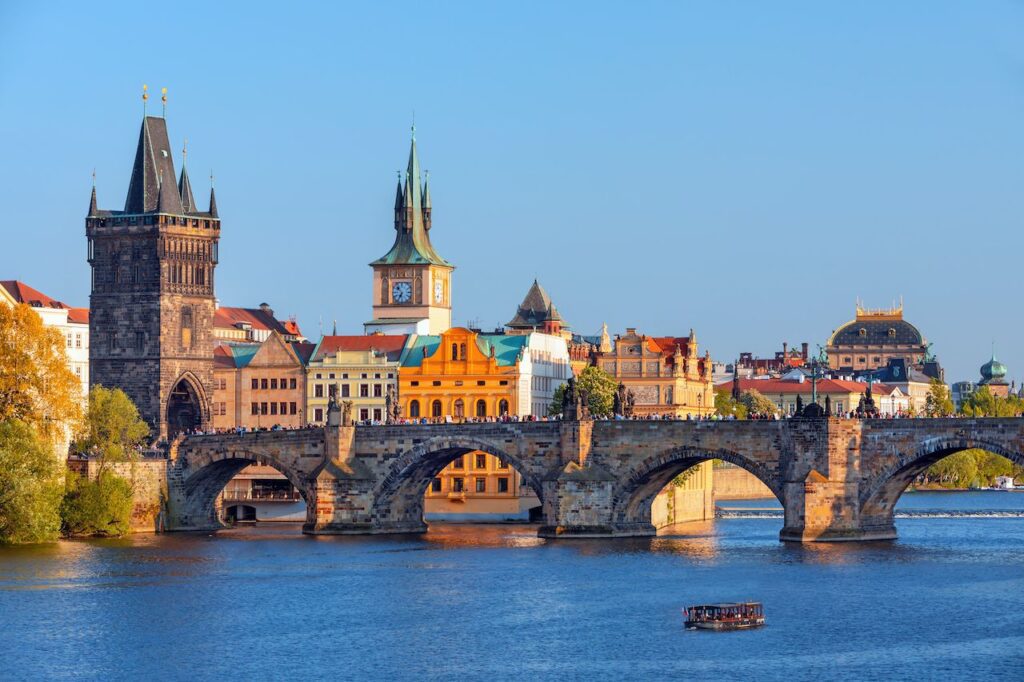
How other cities can apply Prague's design
Above all else, Prague’s cultural scene is vastly appreciated for its affordability; the entire city does not cost much to visit, allowing people from many different countries to come together and further improve the culture. Prague stands as a testament to the cultural power architecture has; it not only holds the buildings in which art and culture flourish, it inspires. The romantic architectural style of Prague draws in more tourists every year, bringing people of various ages, genders, and religions together to share the city. The urban planning of Prague is organic; letting the city define its plan led to a blend of organised grid-style districts and naturally curved streets, evoking a sense of freedom in the city. The relaxed urban area supports the combination of architecture, which attracts artistic minds worldwide to come together in this unique city, known for its ability to foster creativity and culture.
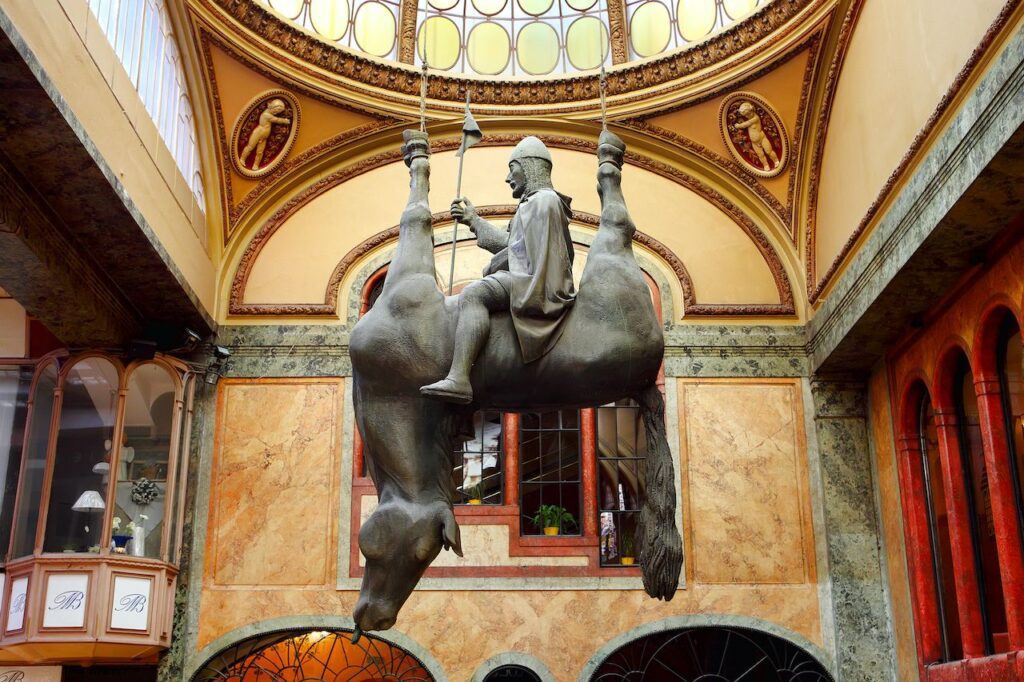
Expanding the Conversation
Upon reviewing these two iconic cities, it has become clear that applying cultural and innovative architecture and urban design can profoundly impact the fostering of culture and innovation. It is clear that further research may be required to bridge innovation and culture, as it is challenging to find a city that thrives in both settings. This theory has shown that many cities, considered most cultural, lack innovation as the culture tends to come from deep historical roots. For example, cities such as Athens, Florence, and Edinburgh are among the top 10 of Time Out’s best cities for culture because of their beautiful historical setting, not their innovation. However, some of the most innovative cities in the world are so busy constantly breaking boundaries and pushing technology that they forget their rich historical roots. Focusing on Tokyo, the city is, in fact, a brilliant example of innovation, which includes culture with its immersive futuristic art galleries as well as the remnant temples and long-lasting pop culture. Prague, however, is the ideal example of a city with endless potential to accommodate both culture and innovation; with such a solid existing culture, innovation can only improve this creative city.
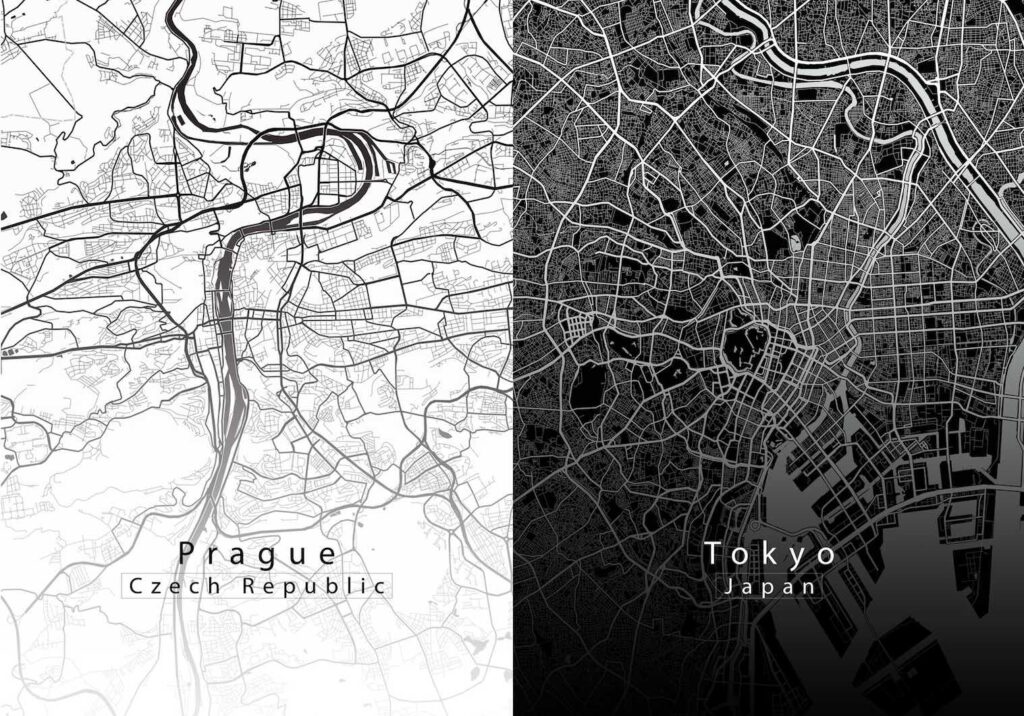
-1
-1
-1
-1
-1
Conclusion
The application of prioritising culture and innovation has been proven worldwide to improve an urban setting immensely. The urban design of Tokyo and Prague have exemplified how a harmonious balance between the two aspects is vital for a city to thrive. By applying the theory of culture and innovation to the architecture and design of a city, it can consequently initiate a hub for culture and innovation. Urban planners should consider these findings to create innovative cities that constantly produce ground-breaking advances while maintaining a deep connection to culture and the arts. In order to sustain a strong presence of cultures, urban planners can use the city of Prague as inspiration, where a walk along the streets offers more culture than any other city, with affordable theatres and museums for all preferences.
References
- World’s best city for culture? Time Out crowns Prague runner-up. (2023, November 24). @Expatscz. https://www.expats.cz/czech-news/article/world-s-best-city-for-culture-time-out-crowns-prague-runner-up
- Tokyo: Hub of Innovation – Legacy Ventures. (n.d.). https://legacy-ventures.com/2023/02/28/tokyo-hub-of-innovation/
- Why Tokyo Is Insanely Well Designed. (n.d.). Www.youtube.com. https://www.youtube.com/watch?v=zysL_lkdtys
- The Most Futuristic City in the World | TOKYO. (n.d.). Www.youtube.com. https://www.youtube.com/watch?v=V6yXZirD1jU
- Poramataseth, P. (2023, November 17). The Magic of Tokyo’s Urban Design. Medium. https://medium.com/@PoramaPoramataseth/the-magic-of-tokyos-urban-design-5d71f0338cc
- Centre, U. W. H. (n.d.). Historic Centre of Prague. UNESCO World Heritage Centre. https://whc.unesco.org/en/list/616/

Holly Franks
About the author
Holly has adored architecture since childhood. Upon completing her undergraduate degree, she found that this passion stemmed from a desire to travel and explore the vast world of architecture. Since graduating from the University of East London, she has invested all her enthusiasm into starting her architecture blog and publishing online articles.
Related articles

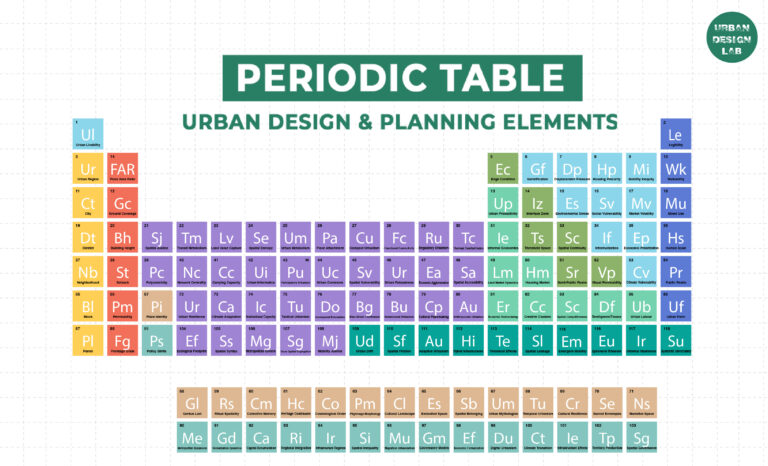
Periodic Table for Urban Design and Planning Elements
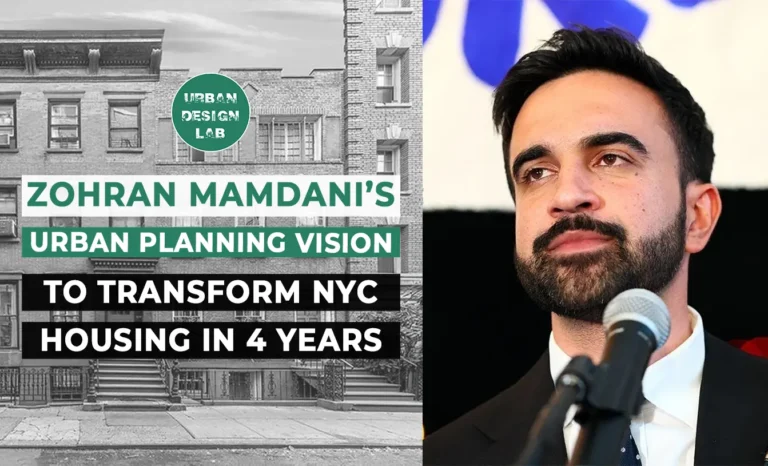
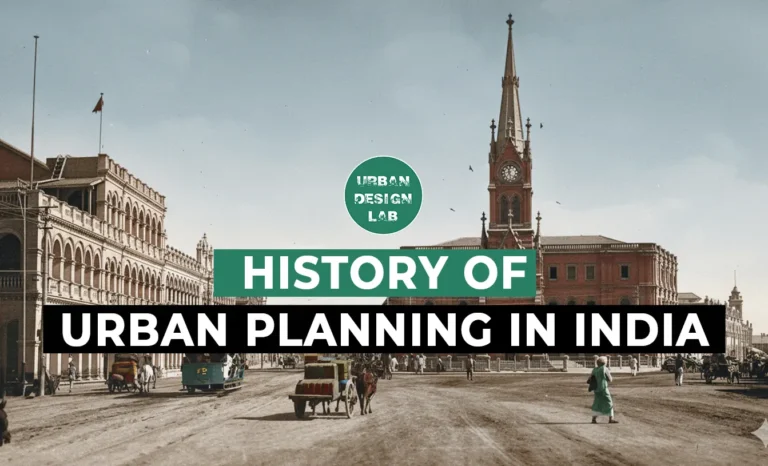
History of Urban Planning in India
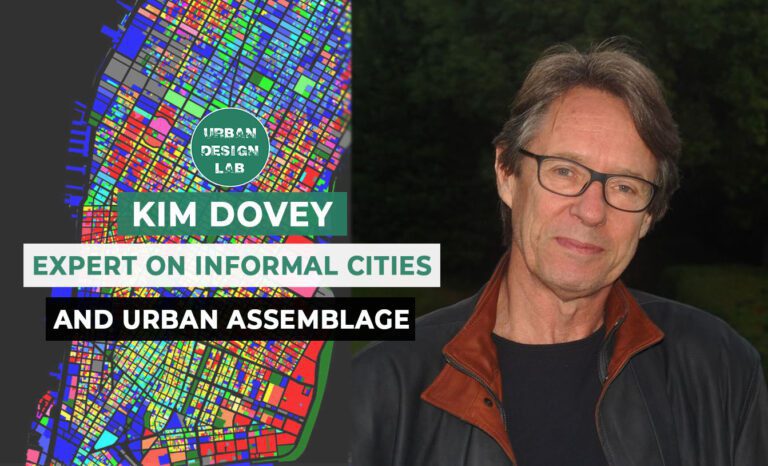
Kim Dovey: Leading Theories on Informal Cities and Urban Assemblage
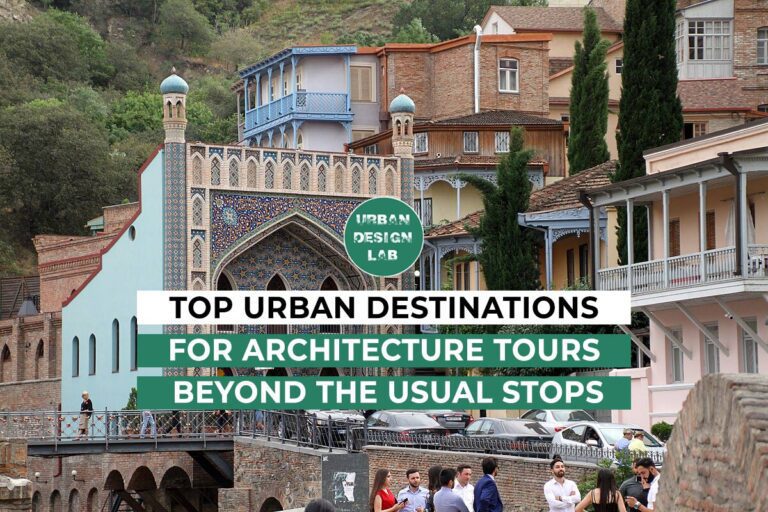
Top Urban Destinations for Architecture Tours Beyond the Usual Stops
UDL GIS
Masterclass
Gis Made Easy- Learn to Map, Analyse and Transform Urban Futures
Session Dates
15th-19th December 2025

Urban Design Lab
Be the part of our Network
Stay updated on workshops, design tools, and calls for collaboration
Curating the best graduate thesis project globally!
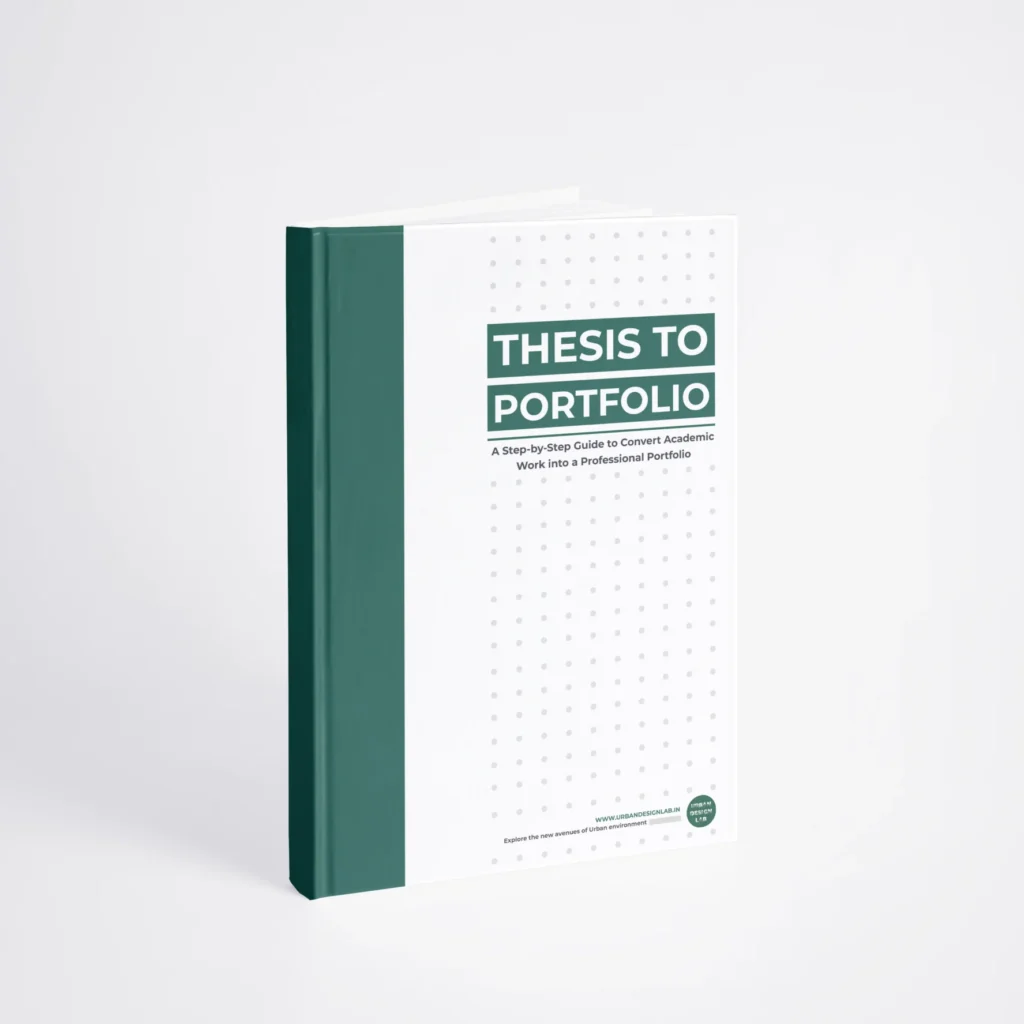
Free E-Book
From thesis to Portfolio
A Guide to Convert Academic Work into a Professional Portfolio”
Recent Posts
- Article Posted:
- Article Posted:
- Article Posted:
- Article Posted:
- Article Posted:
- Article Posted:
- Article Posted:
- Article Posted:
- Article Posted:
- Article Posted:
- Article Posted:
- Article Posted:
- Article Posted:
- Article Posted:
Sign up for our Newsletter
“Let’s explore the new avenues of Urban environment together “

